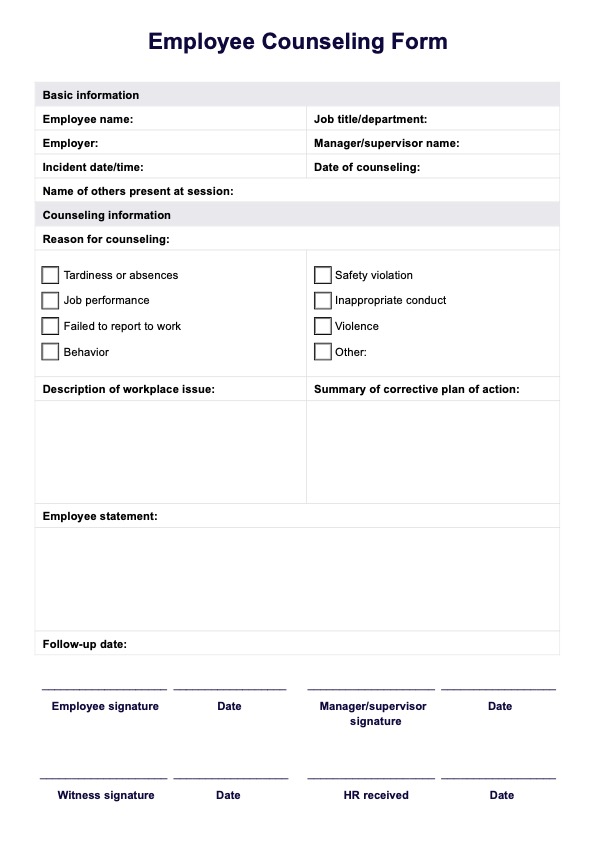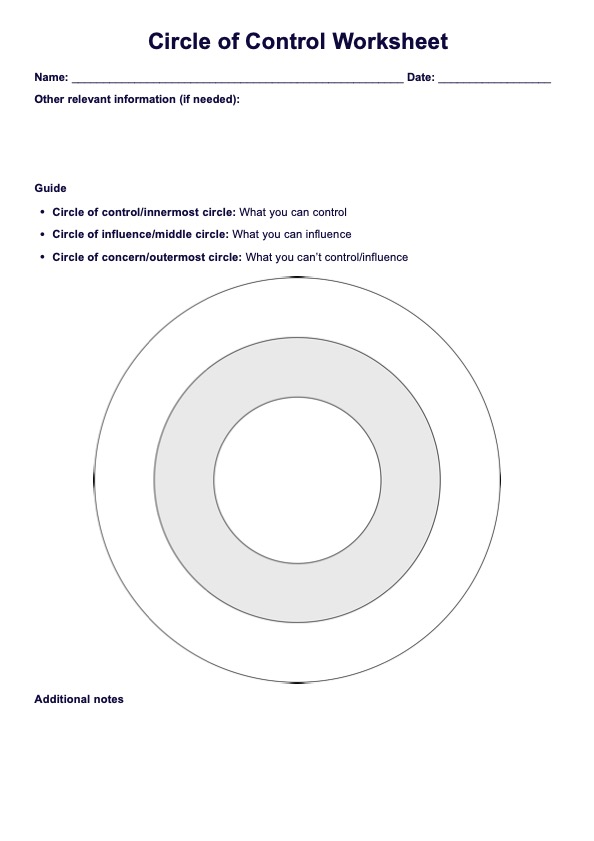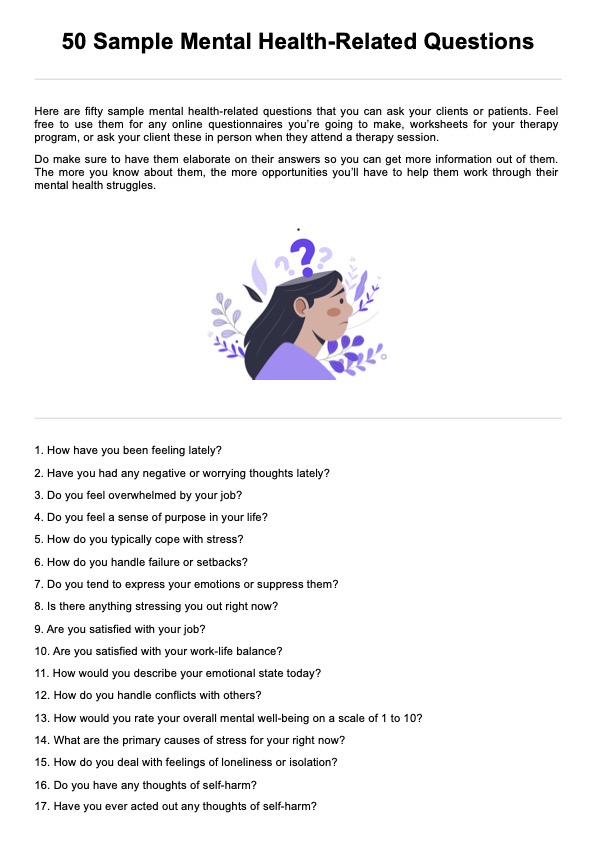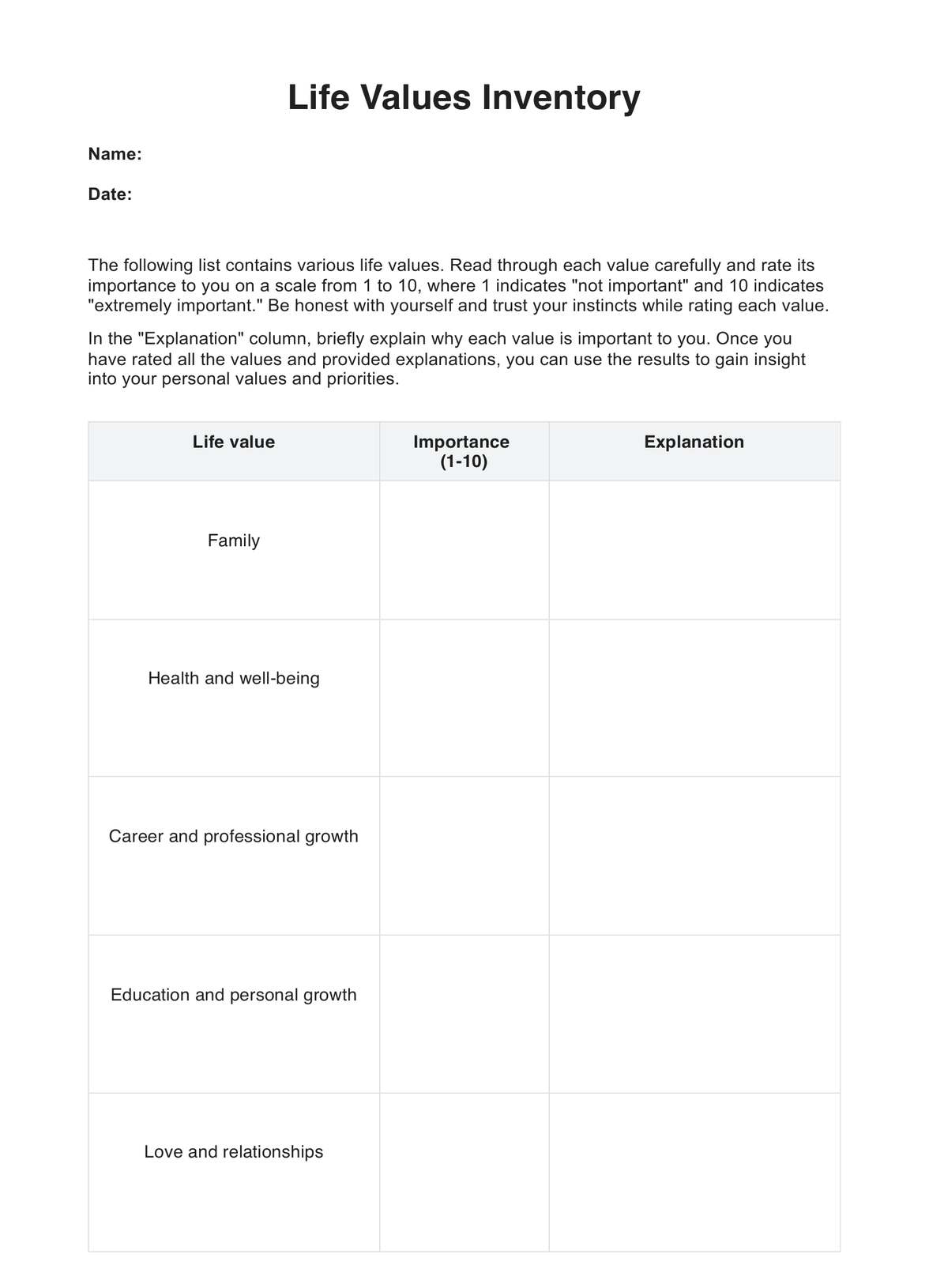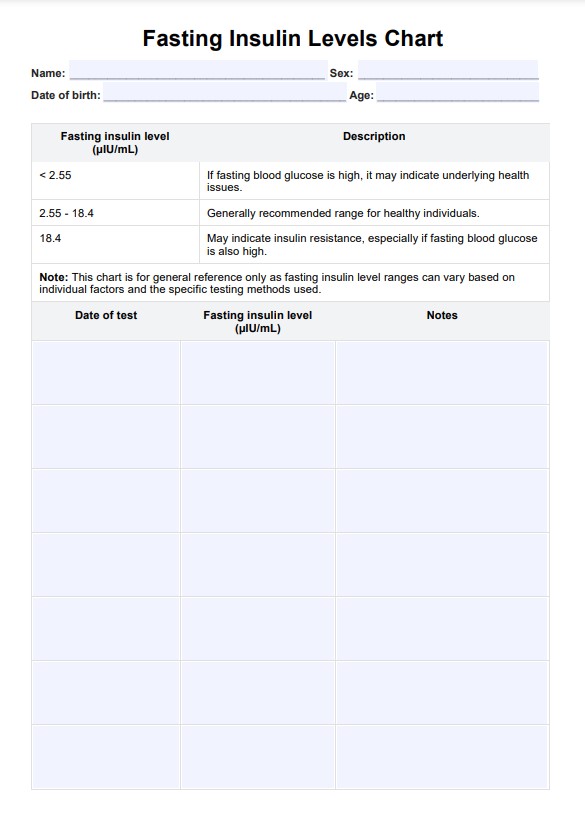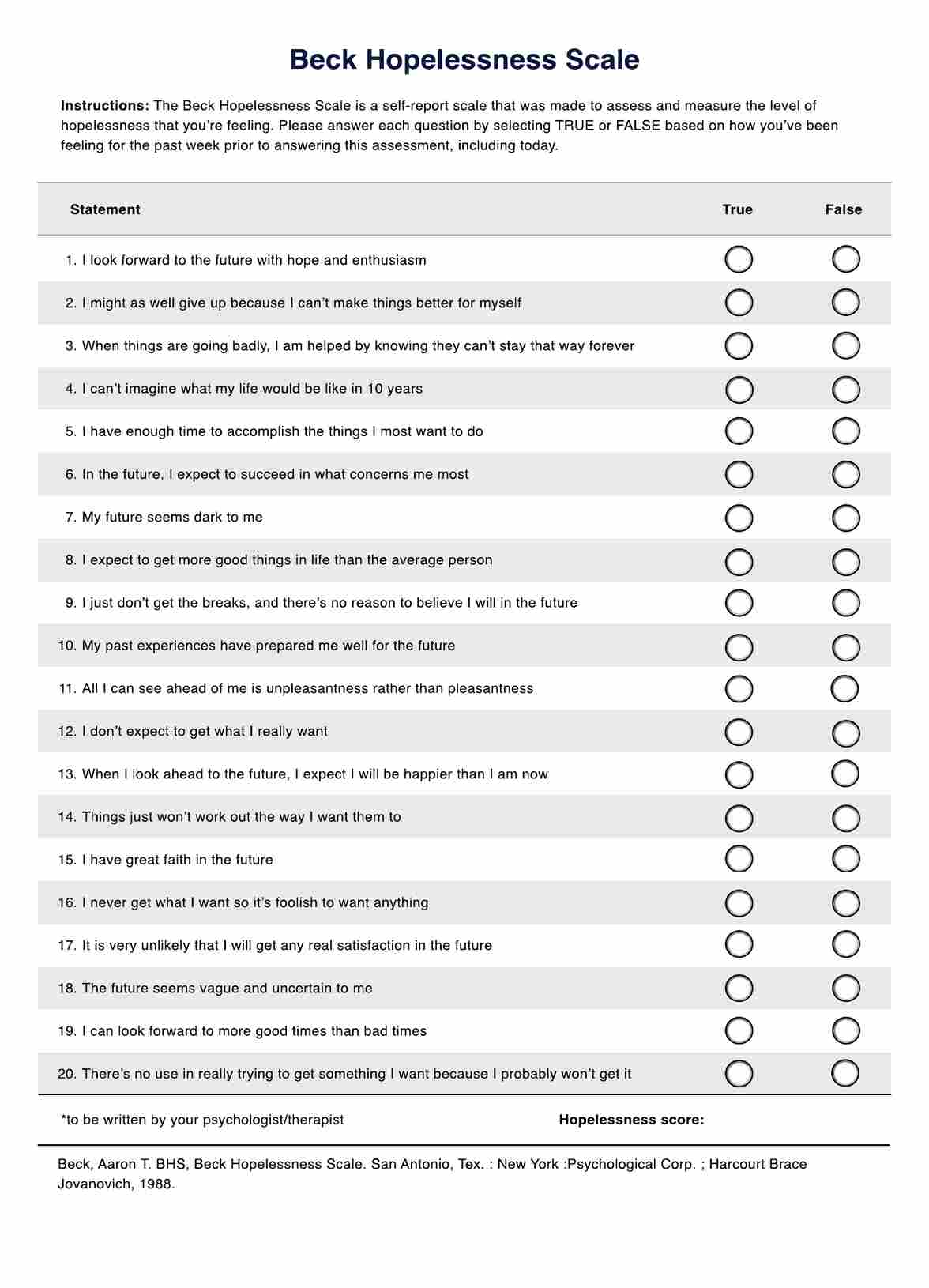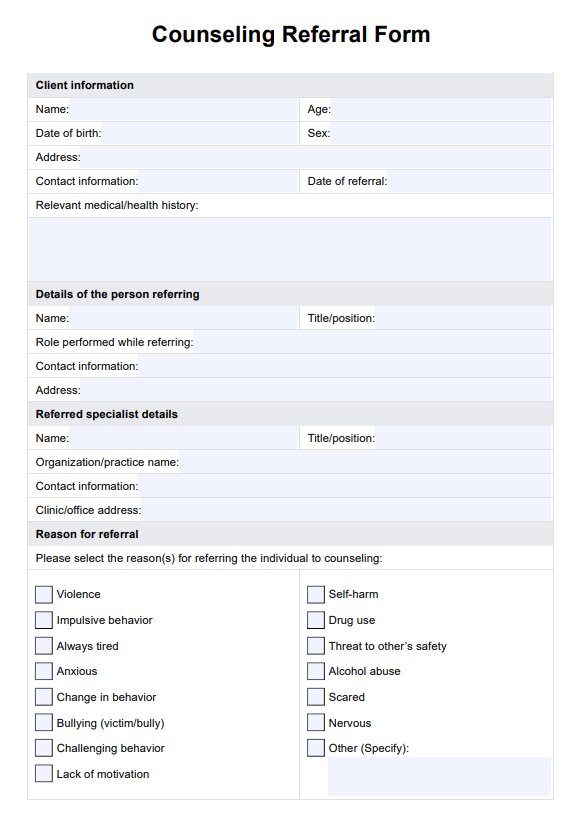Gender Dysphoria DSM 5 Criteria
Explore the DSM-5 criteria for Gender Dysphoria with our guide and template, designed to assist with understanding and accurate diagnosis.


What is gender dysphoria?
Gender Dysphoria is a psychological condition characterized by a significant incongruence between an individual's experienced or expressed gender and the gender assigned to them at birth. This incongruence often leads to substantial distress or discomfort, impacting the individual's social, occupational, or other important areas of functioning.
Historically, gender dysphoria has been known by various terms, including "gender identity disorder." However, the term "gender dysphoria" was introduced in the DSM-5 to emphasize the distress experienced by the individual rather than labeling the incongruence itself as a disorder.
Not all transgender people or gender-diverse individuals experience gender dysphoria. For many, their gender identity is a source of joy and fulfillment. The presence of gender dysphoria is specifically related to the distress or discomfort caused by the mismatch between one's experienced gender and the gender assigned at birth.
Gender dysphoria symptoms
Gender dysphoria symptoms can vary widely among individuals but often involve a noticeable disconnect between a person's assigned gender and their expressed or experienced gender. Some common symptoms that everyday people and non-mental health professionals may observe include:
- Clothing preferences: Individuals with gender dysphoria may consistently prefer clothing that is typical of the gender they identify with, such as a person assigned male at birth wearing typically feminine clothing or vice versa.
- Toy preferences: Children with gender dysphoria might show a strong preference for toys that are typically associated with the gender they identify with, such as a child-assigned female at birth exclusively playing with normally masculine toys like action figures or toy cars.
- Gender role play: There may be a persistent desire to engage in role-play or activities that align with the gender they identify with. For example, a child assigned male at birth might insist on playing the role of a mother or a princess in pretend play.
- Gender expression: Individuals may express their gender through their hairstyle, accessories, and mannerisms in ways that align with their experienced gender rather than their assigned gender.
- Discomfort with gendered activities: There may be a noticeable discomfort or refusal to participate in activities or behaviors traditionally associated with their assigned gender.
It's important to note that these symptoms alone do not necessarily indicate gender dysphoria. A comprehensive evaluation by a mental health professional is required for a diagnosis.
Gender dysphoria causes
The scientific basis for gender dysphoria is not fully understood, but it is believed to involve a complex interplay of biological, psychological, and social factors. Studies suggest that hormonal influences during prenatal development, genetic factors, and early childhood experiences may contribute to the development of gender dysphoria (Berenbaum & Beltz, 2016).
Additionally, brain imaging research has shown differences in the brain structure and function of individuals with gender dysphoria compared to those without the condition (Ristori et al., 2020). Societal attitudes, cultural norms, and experiences of discrimination or support can impact the development and expression of Gender Dysphoria as well (Cooper et al., 2020).
Gender Dysphoria DSM 5 Criteria Template
Gender Dysphoria DSM 5 Criteria Example
How do healthcare professionals diagnose gender dysphoria?
Diagnosing Gender Dysphoria typically involves a comprehensive assessment by a mental health professional, such as a psychiatrist, psychologist, or licensed therapist. The process may include:
- Clinical interviews to discuss the individual's feelings, experiences, and history related to their gender identity
- Psychological evaluations to rule out other mental health conditions and assess overall well-being
- Collaboration with medical professionals to consider any physical aspects of the individual's gender incongruence
- Observation of the individual's behavior and interactions in different contexts
- Gathering information from family, friends, or other sources when appropriate
The diagnostic process aims to gain a thorough understanding of the individual's experiences and determine whether the criteria for Gender Dysphoria are met.
What is the Diagnostic and Statistical Manual of Mental Disorders?
The Diagnostic and Statistical Manual of Mental Disorders, Fifth Edition (DSM-5), published by the American Psychiatric Association, is the standard classification of mental disorders used by mental health professionals in the United States. It provides a common language and standard criteria for classifying mental disorders, ensuring that diagnoses are consistent and based on objective criteria.
The DSM-5 is considered a reliable tool for diagnosis and is essential for mental health professionals to make accurate diagnoses and provide appropriate treatment.
DSM 5 criteria for gender dysphoria
The DSM-5 criteria for gender dysphoria in adolescents and adults are as follows:
- A marked incongruence between one's experienced/expressed gender and assigned gender, of at least six months' duration, as manifested by at least two or more of the following:some text
- A marked incongruence between one's experienced/expressed gender and primary and/or secondary sex characteristics (or in young adolescents, the anticipated secondary sex characteristics).
- A strong desire to be rid of one's primary and/or secondary sex characteristics because of a marked incongruence with one's experienced/expressed gender (or in young adolescents, a desire to prevent the development of the anticipated secondary sex characteristics).
- A strong desire for the primary and/or secondary sex characteristics of the other gender.
- A strong desire to be of the other gender (or some alternative gender different from one's assigned gender).
- A strong desire to be treated as the other gender (or some alternative gender different from one's assigned gender).
- A strong conviction that one has the typical feelings and reactions of the other gender (or some alternative gender different from one's assigned gender).
- The condition is associated with clinically significant distress or impairment in social, occupational, or other important areas of functioning.
For gender dysphoria in children, here are the criteria:
- A marked incongruence between one's experienced/expressed gender and assigned gender, of at least six months' duration, as manifested by at least six of the following (one of which must be Criterion A1):some text
- A strong desire to be of the other gender or an insistence that one is the other gender.
- A strong preference for wearing clothes typical of the opposite gender.
- A strong preference for cross-gender roles in make-believe play or fantasy play.
- A strong preference for the toys, games, or activities stereotypically used or engaged in by the other gender.
- A strong preference for playmates of the other gender.
- A strong rejection of toys, games, and activities typical of one's assigned gender.
- A strong dislike of one's sexual anatomy.
- A strong desire for the physical sex characteristics that match one's experienced gender.
- The condition is associated with clinically significant distress or impairment in social, school, or other important areas of functioning.
Differences between DSM-IV and DSM-5 criteria for gender dysphoria
Gender Dysphoria in DSM-5 represents a significant shift from the previous DSM-IV classification of "Gender Identity Disorder." The main changes include:
- Emphasis on gender incongruence: DSM-5 focuses on the incongruence between one's experienced/expressed gender and assigned gender rather than cross-gender identification, which was the focus in DSM-IV.
- Separation from sexual and gender identity disorders: In DSM-IV, Gender Identity Disorder was considered a mental disorder and was grouped with sexual dysfunctions and paraphilias. In DSM-5, Gender Dysphoria is a standalone category, acknowledging its unique nature.
- Removal of subtypes based on sexual orientation: DSM-5 no longer includes subtypes based on sexual orientation, as this distinction was deemed not clinically useful.
- Introduction of a post-transition specifier: DSM-5 includes a specifier for individuals who have transitioned and no longer meet the full criteria for gender dysphoria but continue to receive treatment to maintain their desired gender.
- Changes in child criteria: The criteria for children have been updated to be more restrictive and conservative, requiring a strong desire to be of another gender as a necessary but not sufficient criterion for diagnosis.
These changes reflect a more nuanced understanding of gender dysphoria and aim to improve the accuracy and sensitivity of the diagnosis.
Research and evidence
The rise in gender dysphoria diagnoses among young people and the associated medical treatments have sparked considerable professional debate.
According to Block (2023), there's a lack of strong evidence supporting the surge in medical interventions for gender dysphoria. Organizations like The World Professional Association for Transgender Health (WPATH), the American Academy of Pediatrics, and the Endocrine Society support early medical treatment; other governing bodies worldwide have expressed concerns about the safety and efficacy of specific therapies, highlighting the need for caution.
Additionally, research by Aitken et al. (2016) indicates a higher prevalence of self-harm and suicidality in individuals with gender dysphoria, especially as they age. Children referred for gender dysphoria are found to have increased rates of self-harm and suicidal tendencies, with older age and total behavior problems being risk factors. This underscores the importance of routine screening for suicidal ideation and behavior in children with gender dysphoria, particularly during the latter half of childhood.
The ongoing debate and research emphasize the need for careful assessment and evidence-based approaches in managing gender dysphoria.
Reference
Aitken, M., VanderLaan, D. P., Wasserman, L., Stojanovski, S., & Zucker, K. J. (2016). Self-Harm and suicidality in children referred for gender dysphoria. Journal of the American Academy of Child & Adolescent Psychiatry, 55(6), 513–520. https://doi.org/10.1016/j.jaac.2016.04.001
American Psychiatric Association. (n.d.). Gender dysphoria diagnosis. American Psychiatric Association. Retrieved March 26, 2024, from https://www.psychiatry.org/psychiatrists/diversity/education/transgender-and-gender-nonconforming-patients/gender-dysphoria-diagnosis#section_0
American Psychiatric Association. (2013). Highlights of changes from DSM-IV-TR to DSM-5. https://www.psychiatry.org/File%20Library/Psychiatrists/Practice/DSM/APA_DSM_Changes_from_DSM-IV-TR_-to_DSM-5.pdf
American Psychiatric Association. (2022). Diagnostic and statistical manual of mental disorders (5th-TR). American Psychiatric Association.
Berenbaum, S. A., & Beltz, A. M. (2016). How early hormones shape gender development. Current Opinion in Behavioral Sciences, 7(1), 53–60. https://doi.org/10.1016/j.cobeha.2015.11.011
Block, J. (2023). Gender dysphoria in young people is rising—and so is professional disagreement. BMJ, 380, p382. https://doi.org/10.1136/bmj.p382
Cooper, K., Russell, A., Mandy, W., & Butler, C. (2020). The phenomenology of gender dysphoria in adults: A systematic review and meta-synthesis. Clinical Psychology Review, 80, 101875. https://doi.org/10.1016/j.cpr.2020.101875
Ristori, J., Cocchetti, C., Romani, A., Mazzoli, F., Vignozzi, L., Maggi, M., & Fisher, A. D. (2020). Brain sex differences related to gender identity development: Genes or hormones? International Journal of Molecular Sciences, 21(6), 2123. https://doi.org/10.3390/ijms21062123
Turban, J. (2022, August). What is gender dysphoria? Psychiatry.org; American Psychiatric Association. https://www.psychiatry.org/patients-families/gender-dysphoria/what-is-gender-dysphoria
Commonly asked questions
To qualify for a diagnosis of gender dysphoria, individuals must experience a marked incongruence between their experienced gender and the gender assigned at birth, causing significant distress or impairment in critical areas of functioning.
Gender dysphoria can affect various aspects of life, including mental health, social interactions, and personal relationships, leading to distress, isolation, and challenges in expressing one's true gender identity.
Psychologists diagnose gender dysphoria through clinical interviews and assessments, evaluating the individual's gender identity, experiences of incongruence, and the impact on their mental health and daily functioning based on the DSM-5 criteria.


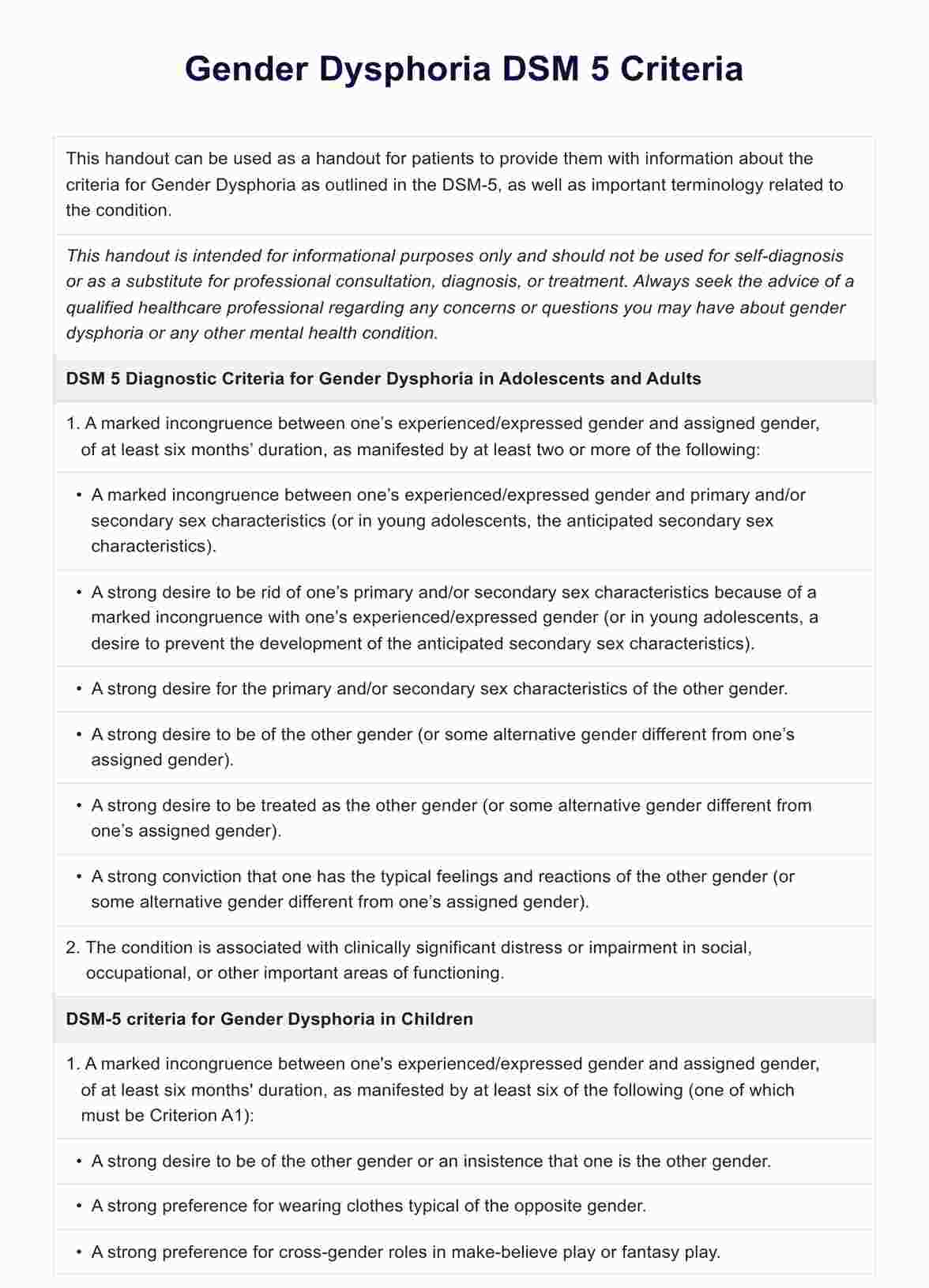
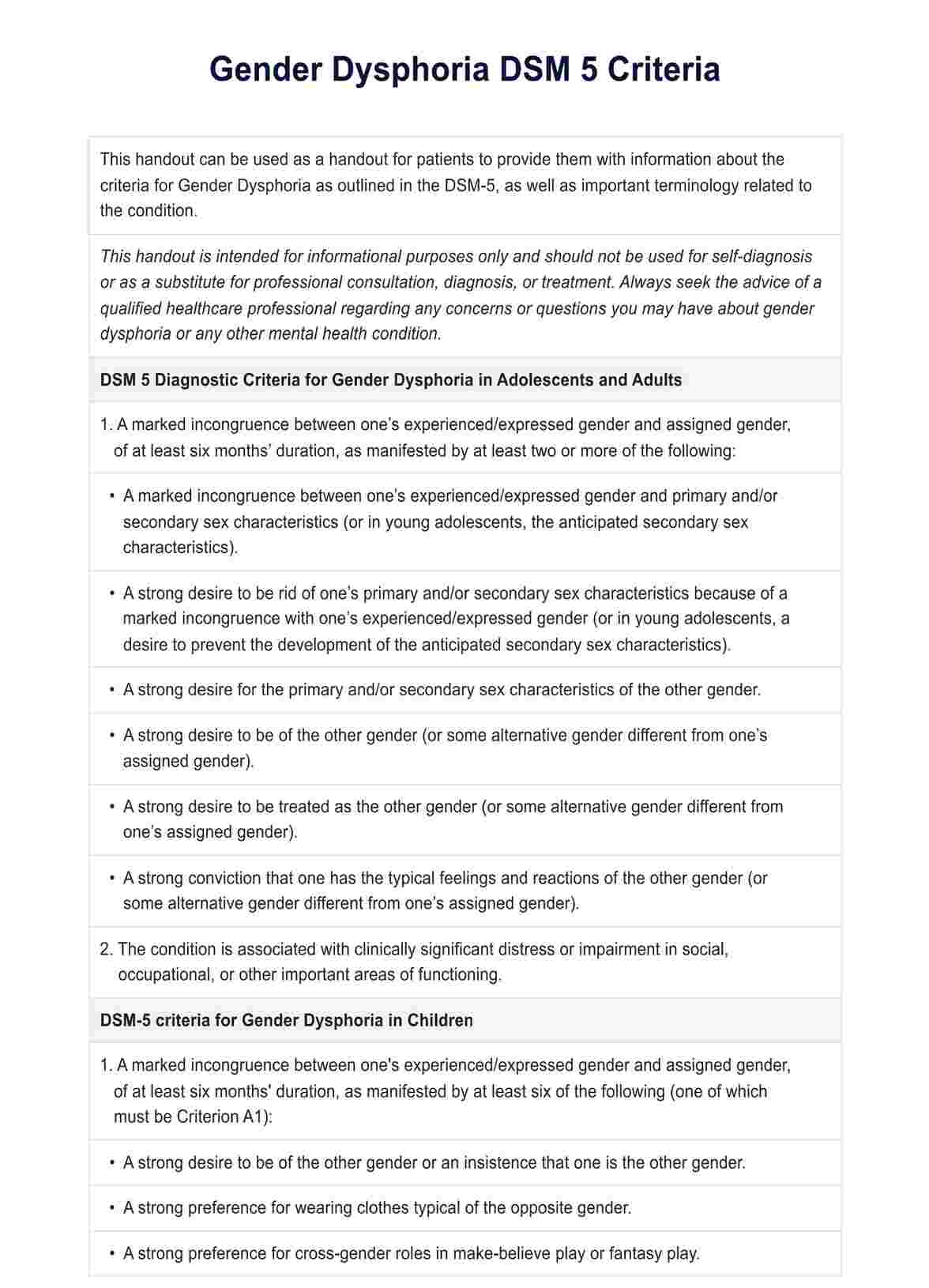

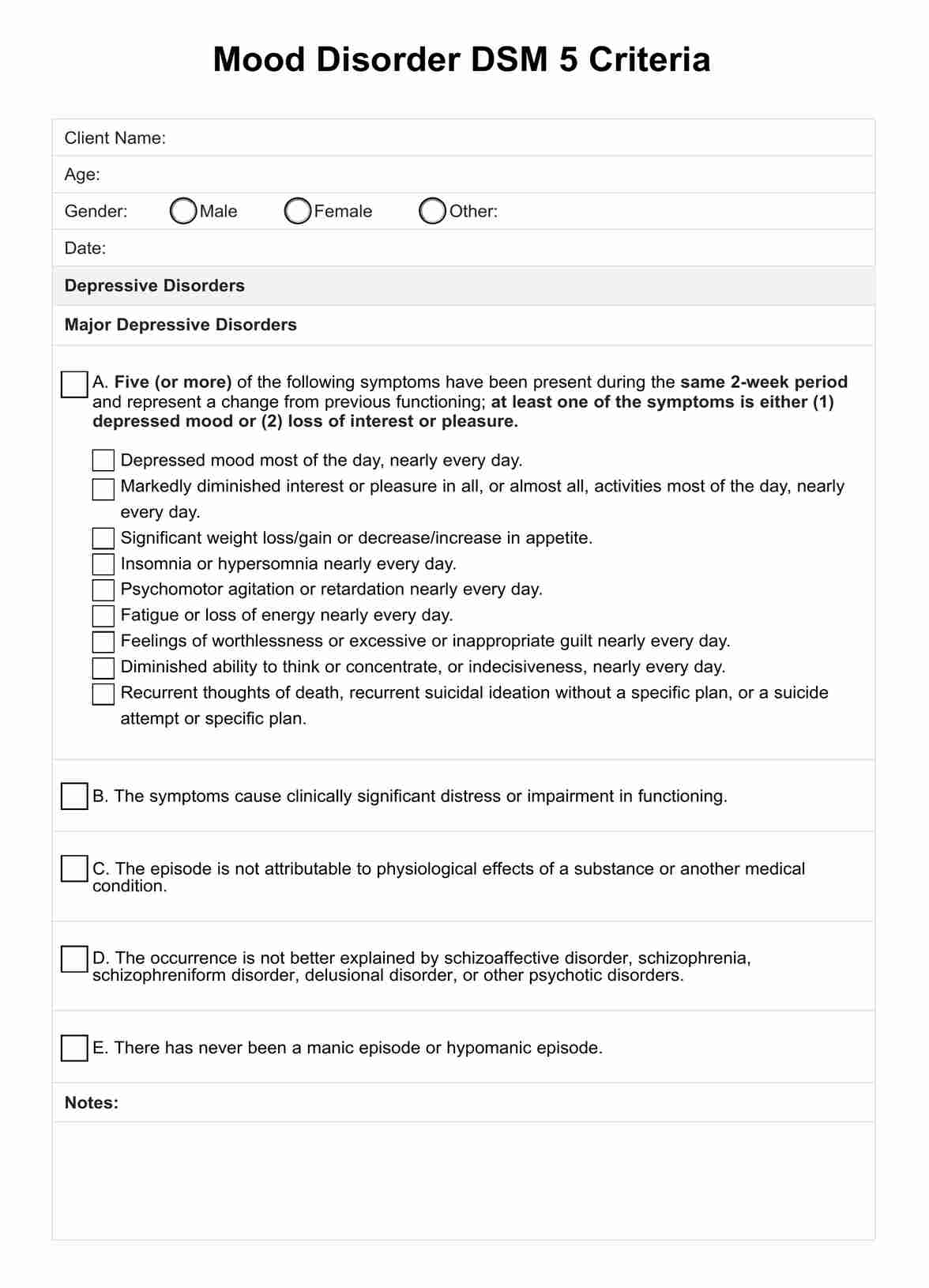
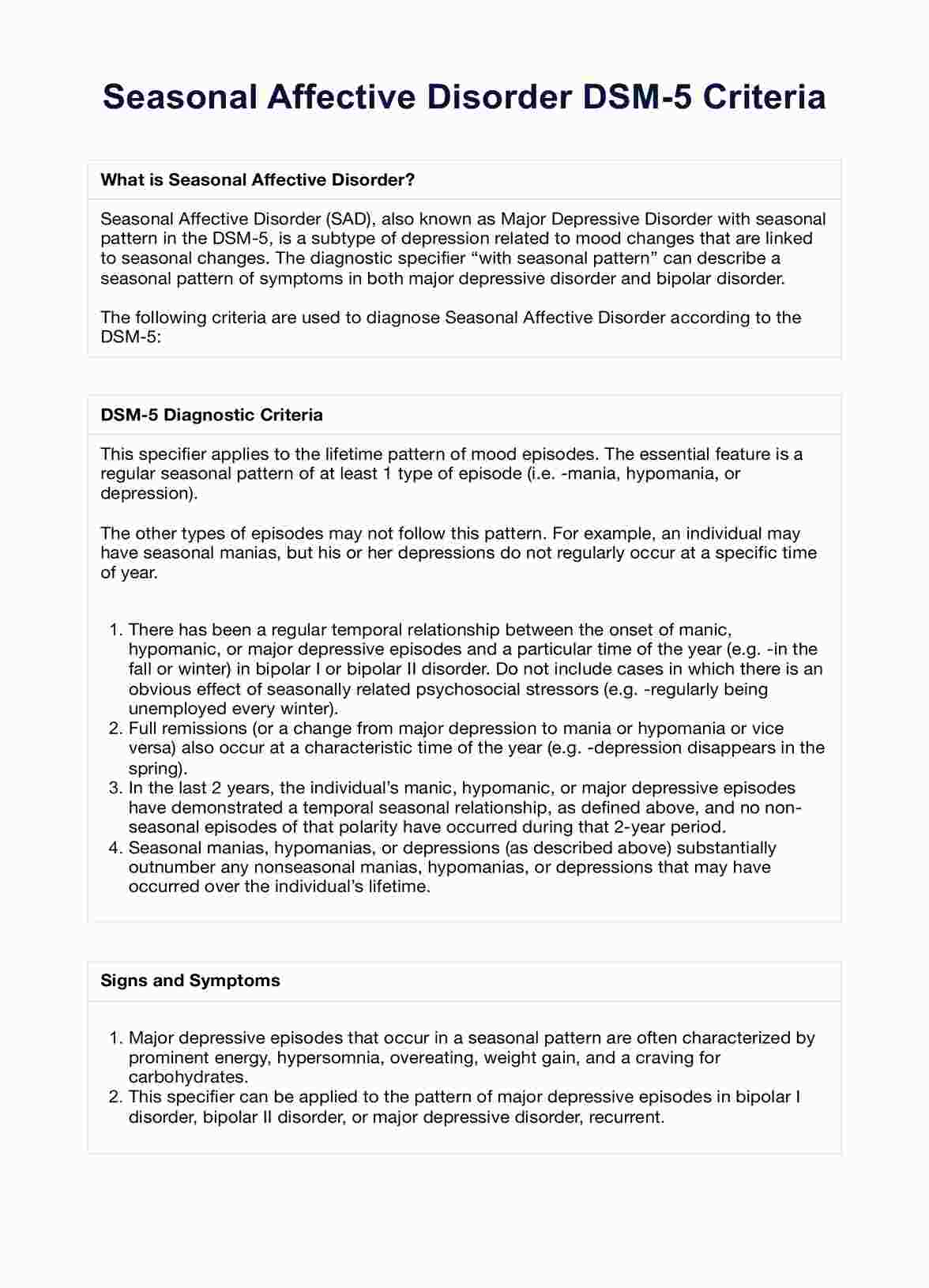
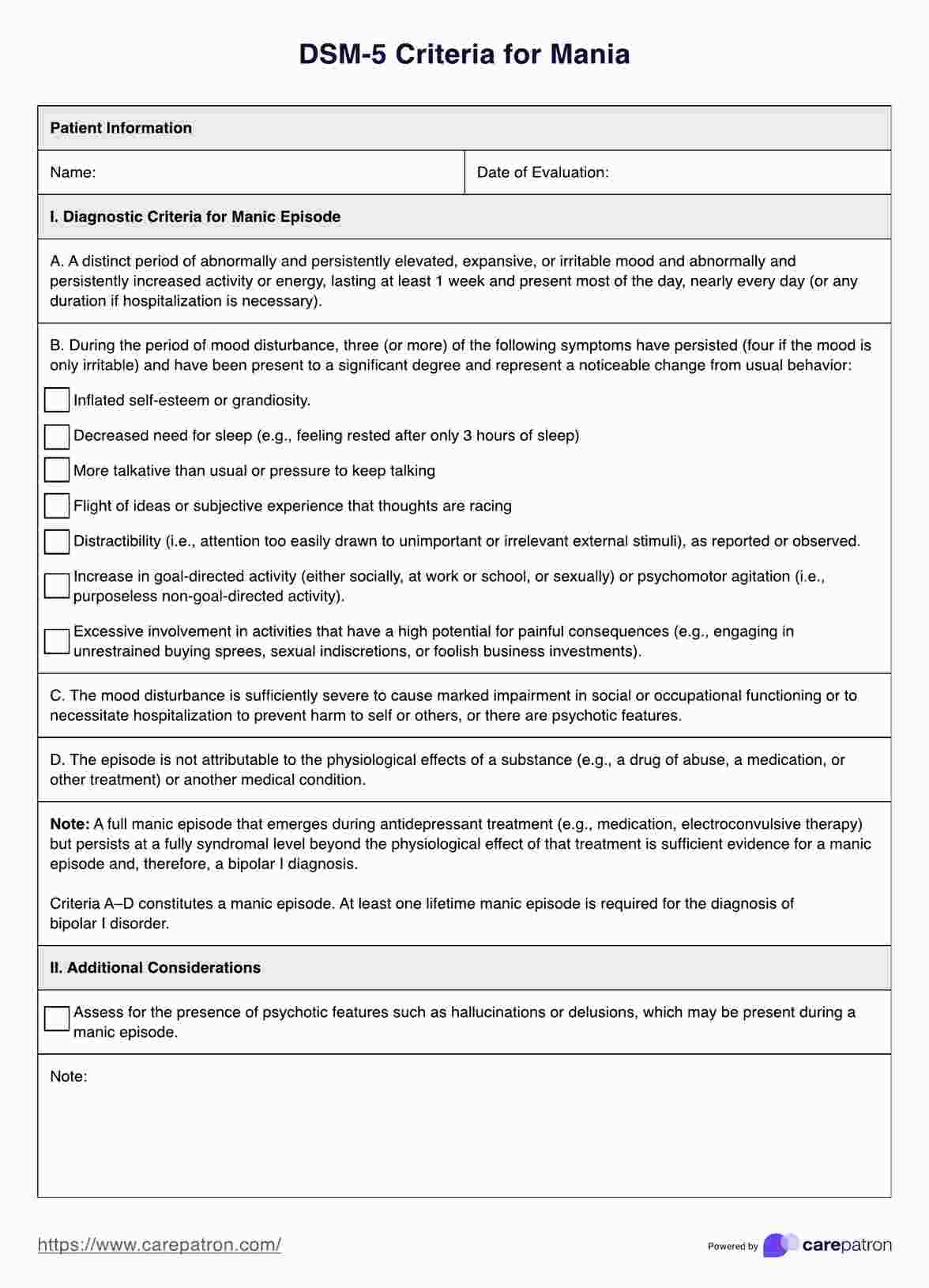
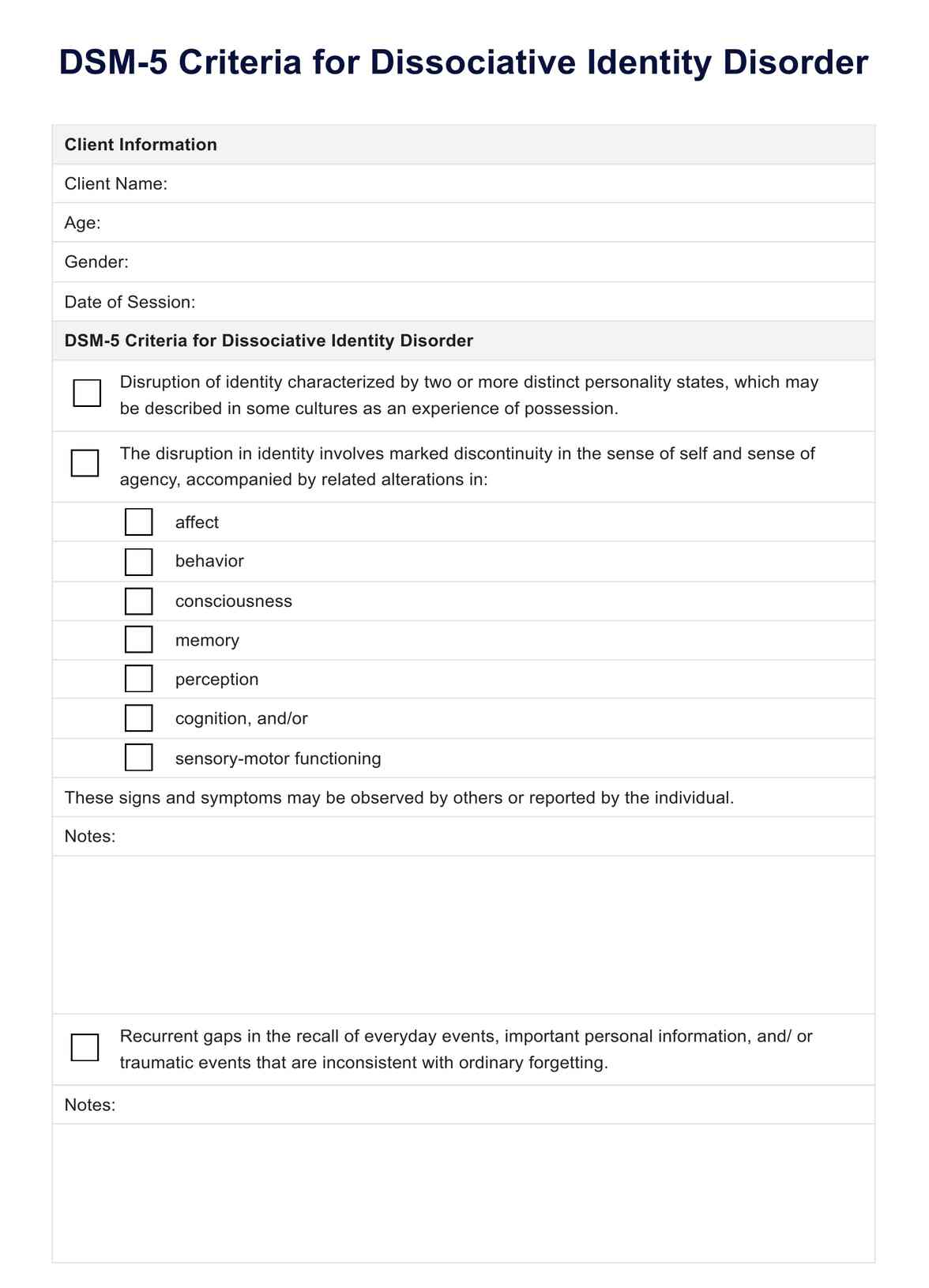
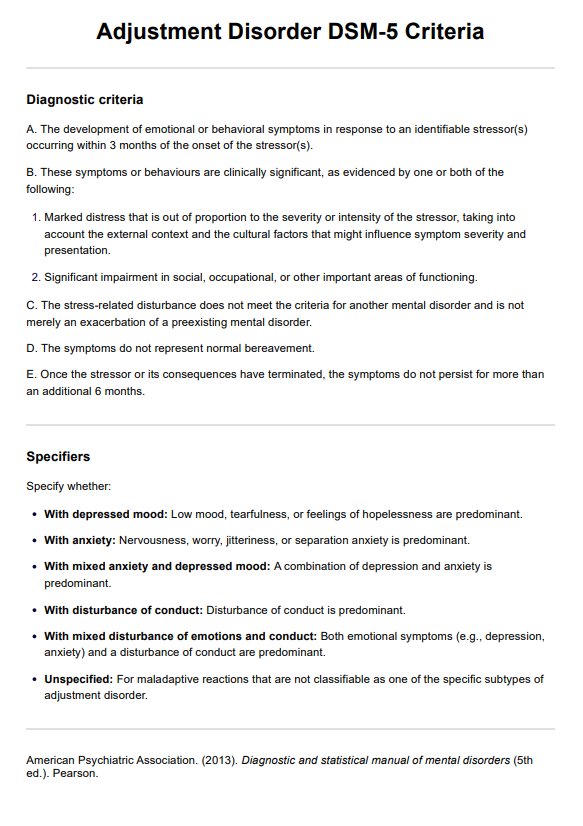
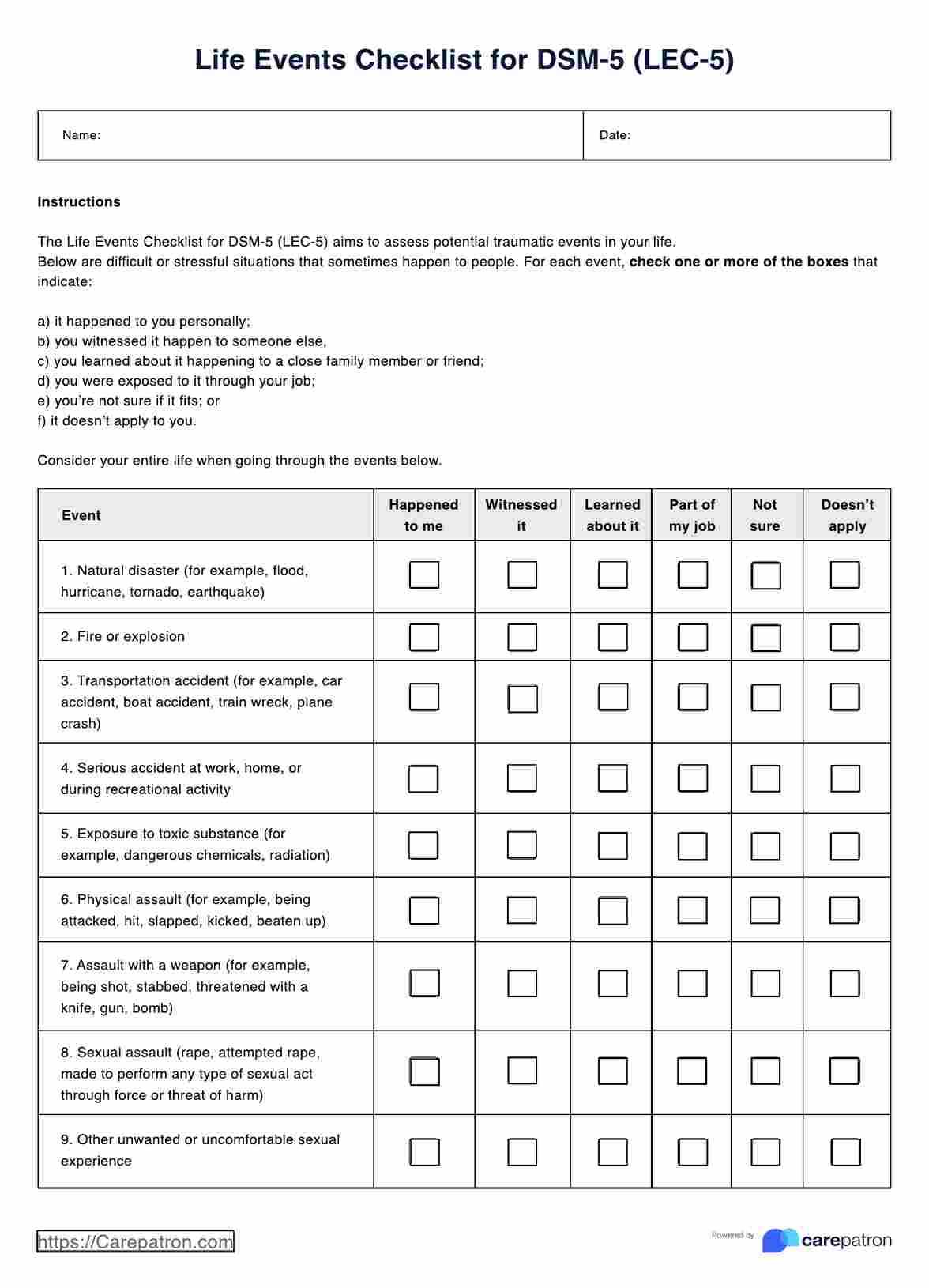
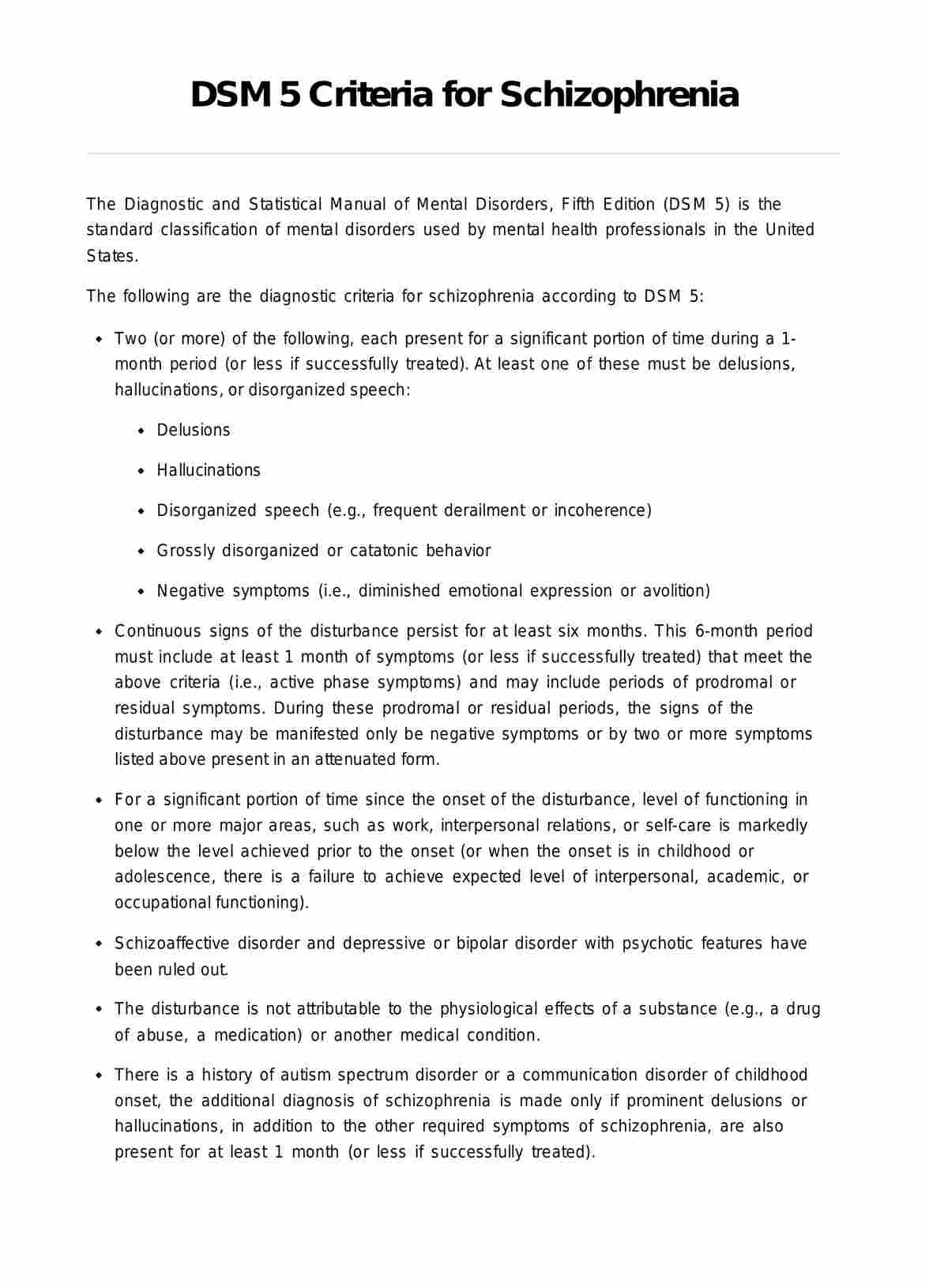
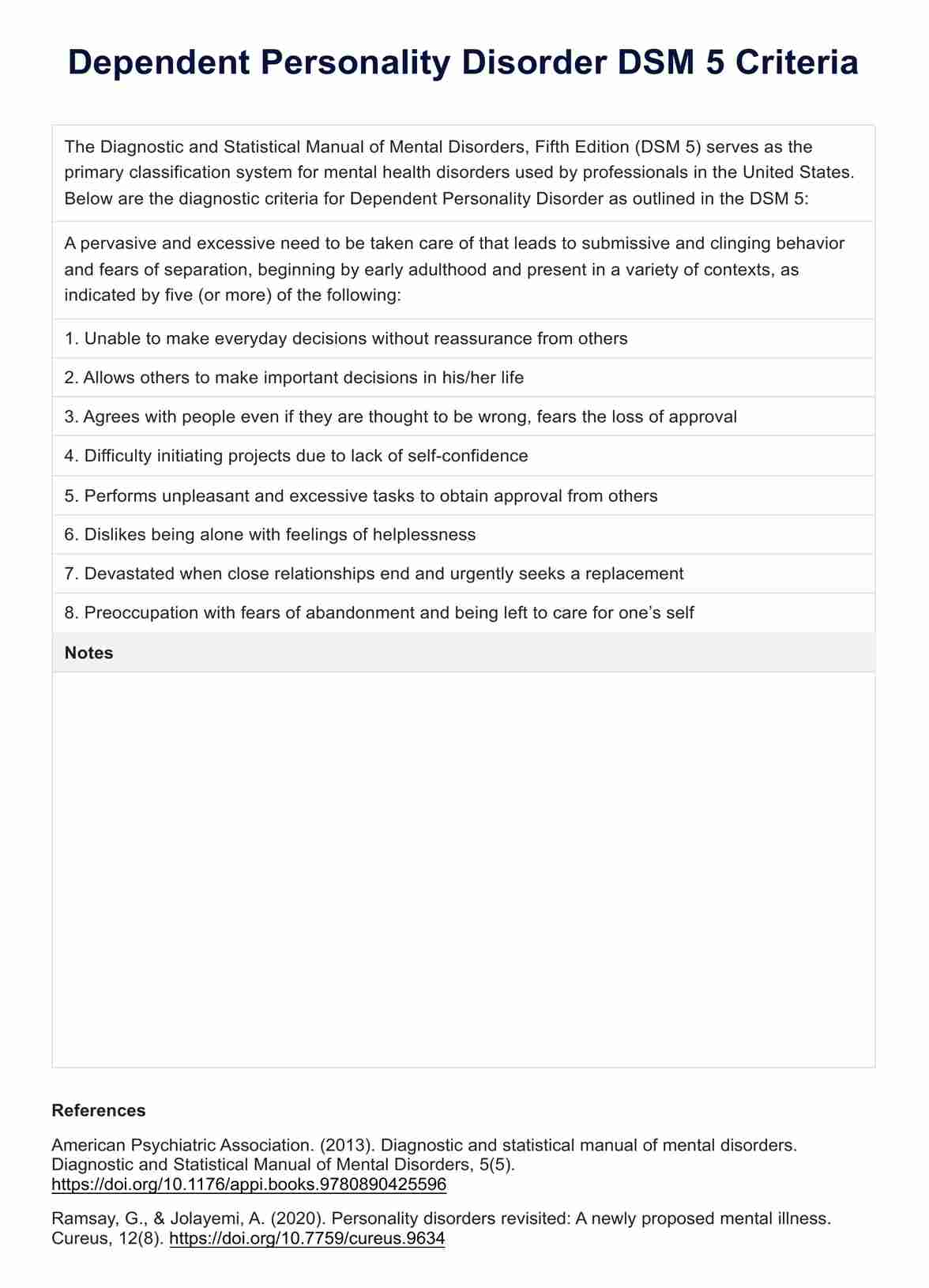
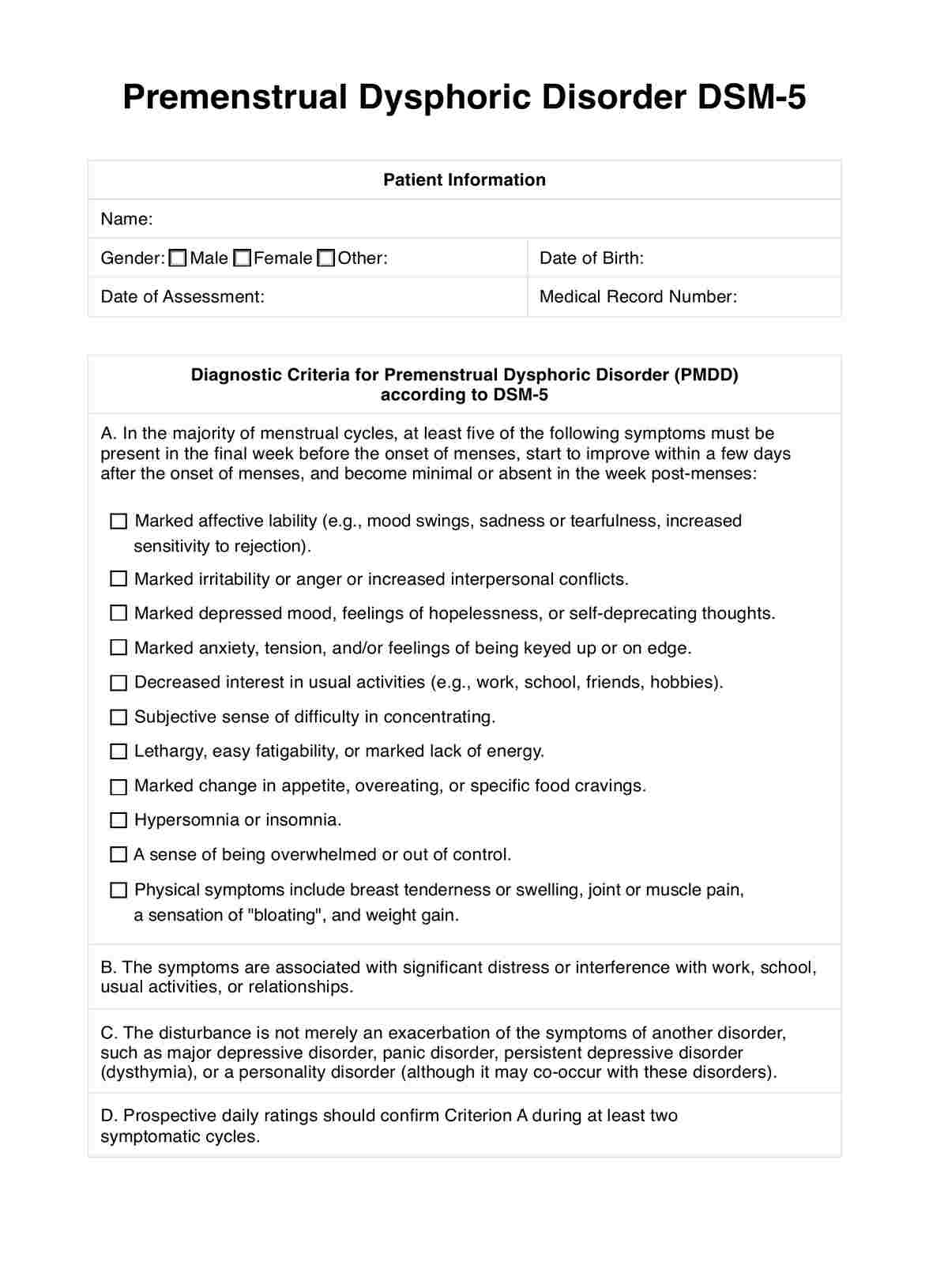
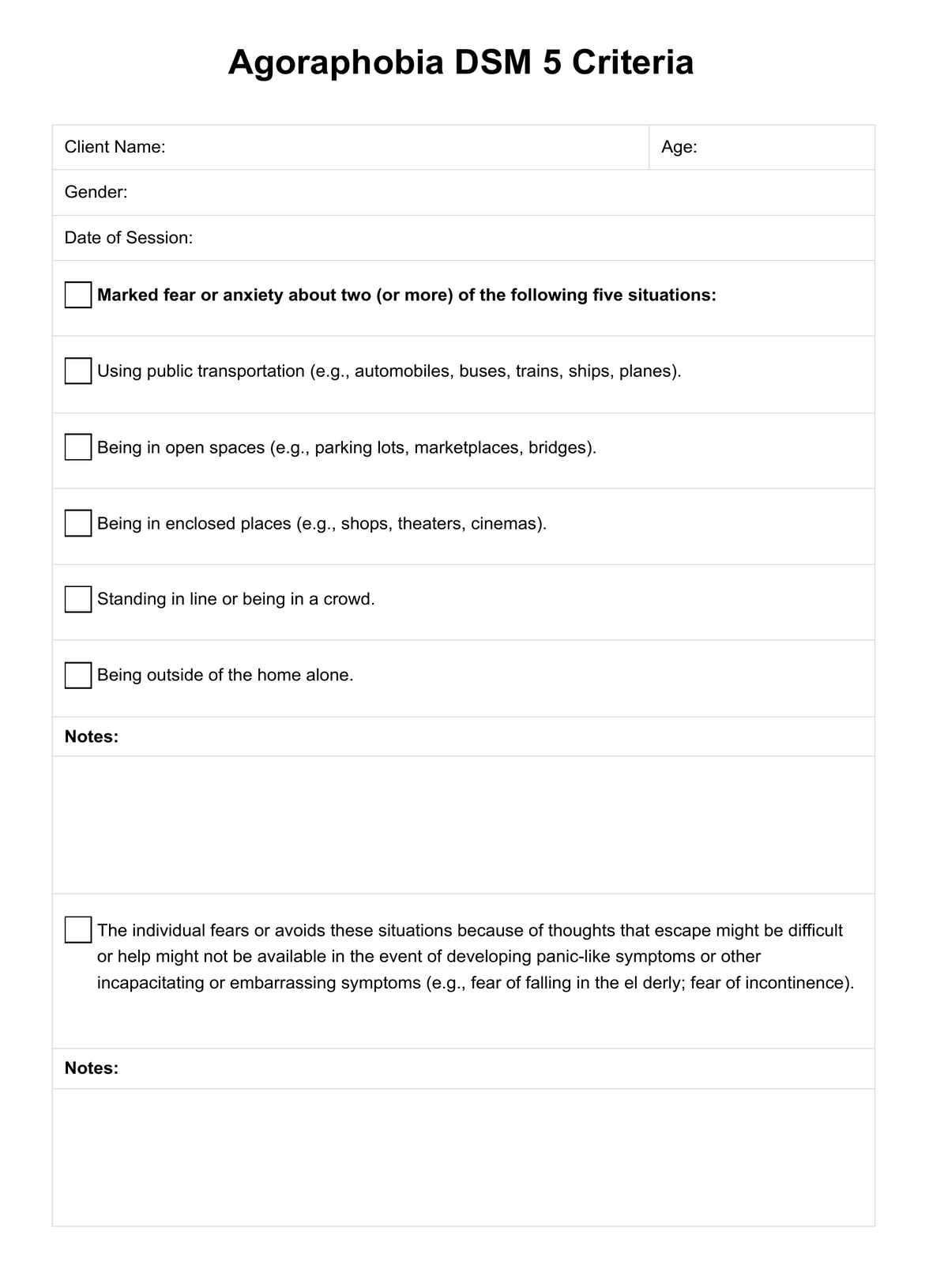
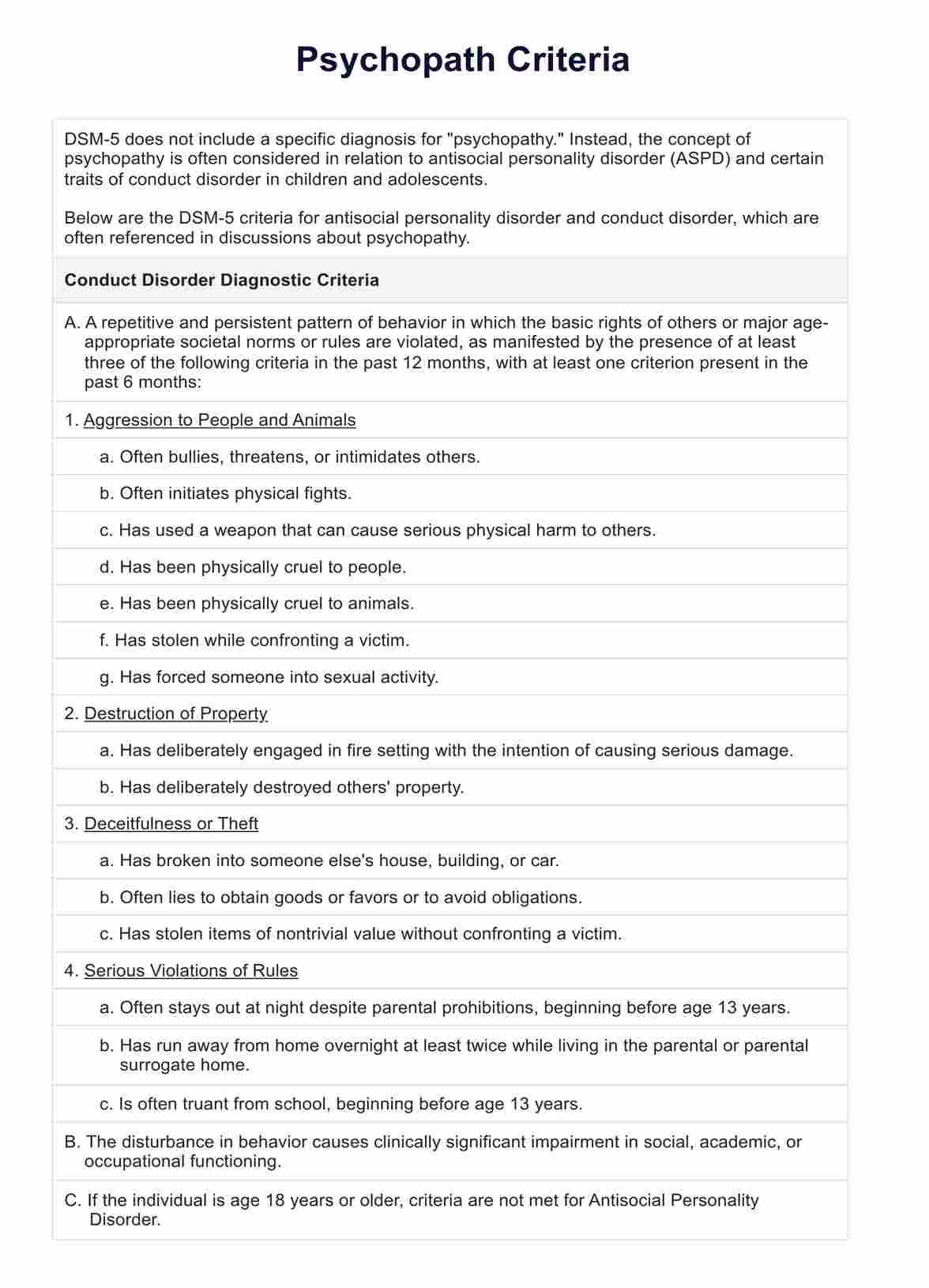
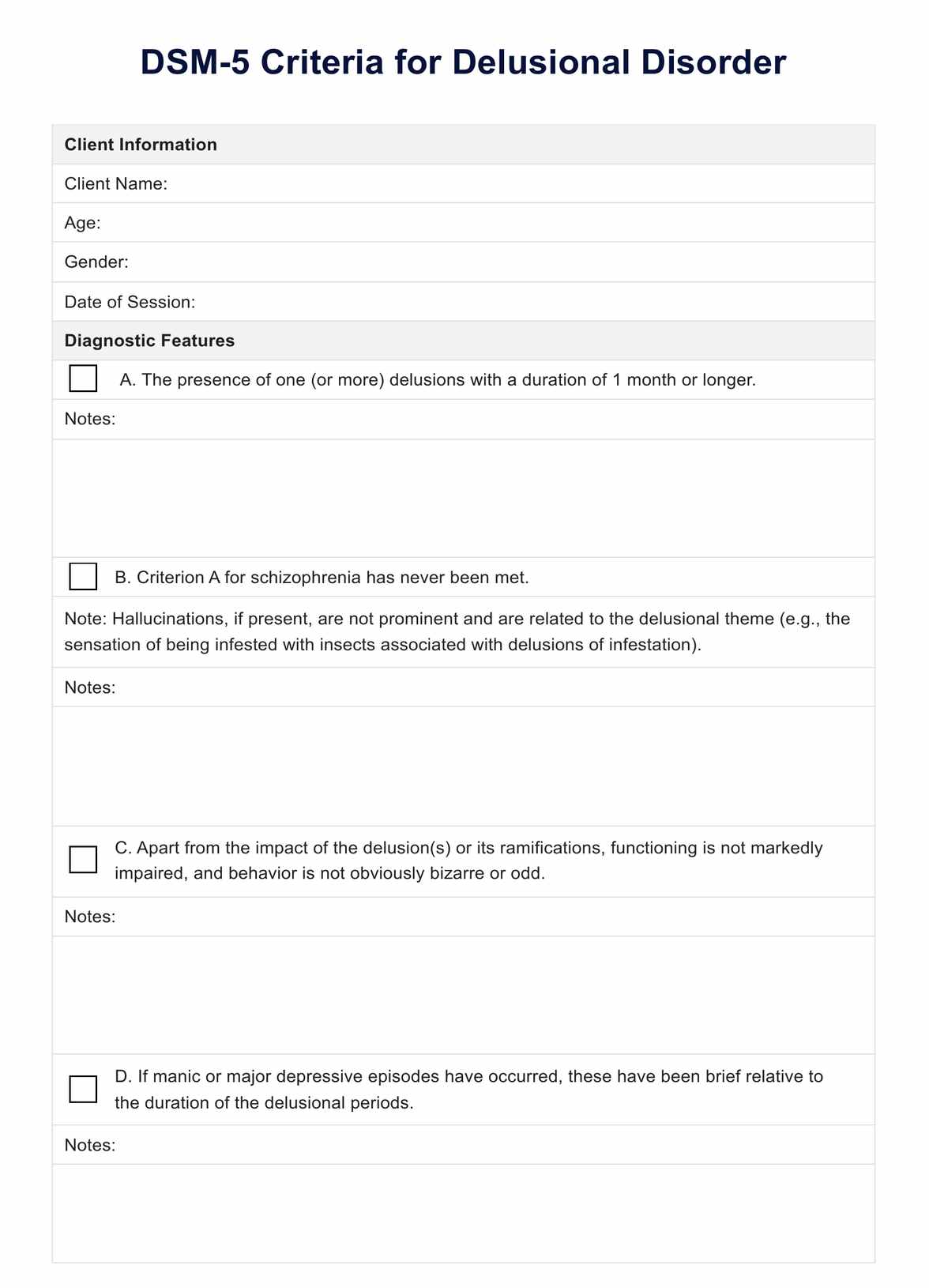
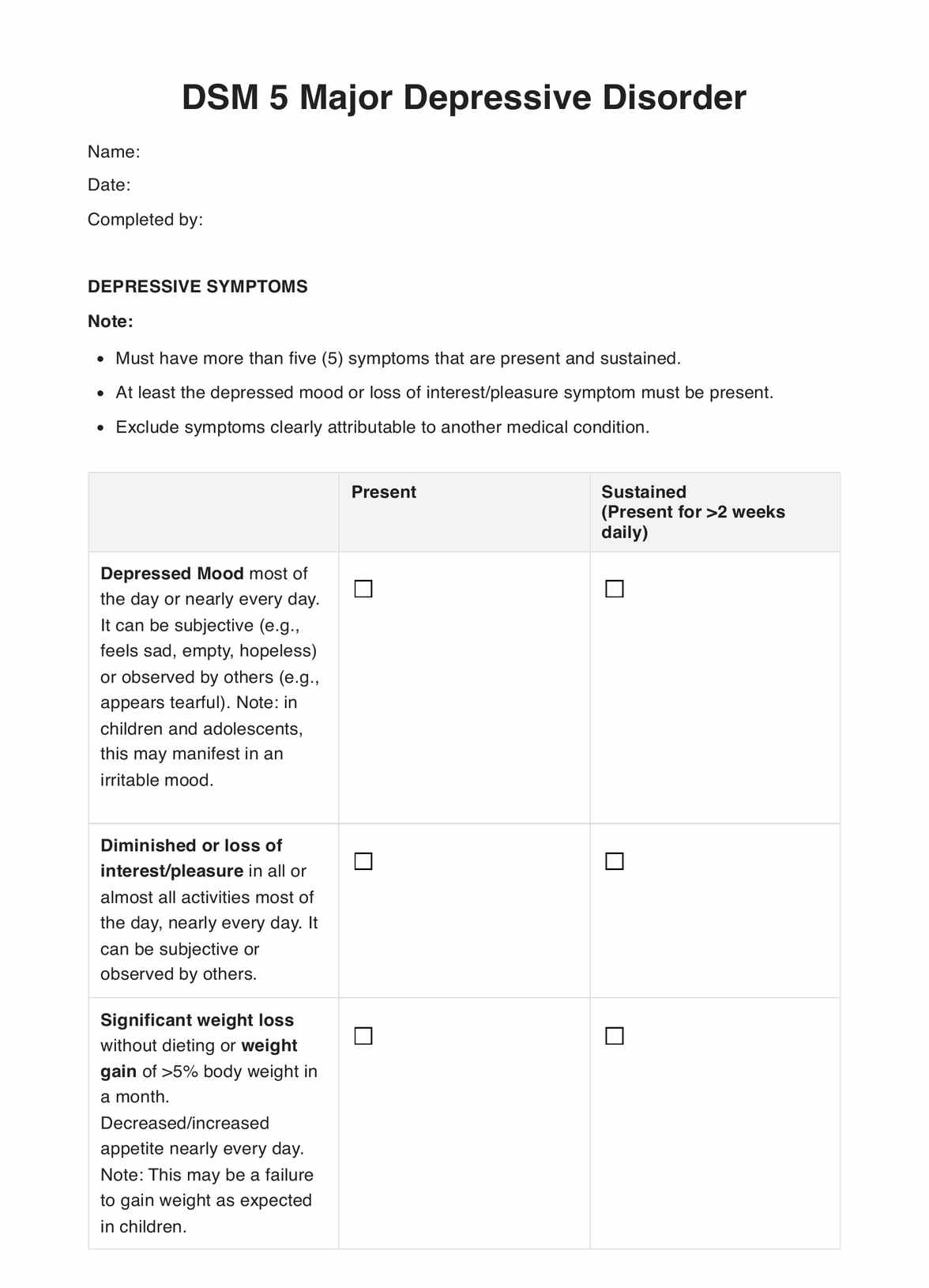
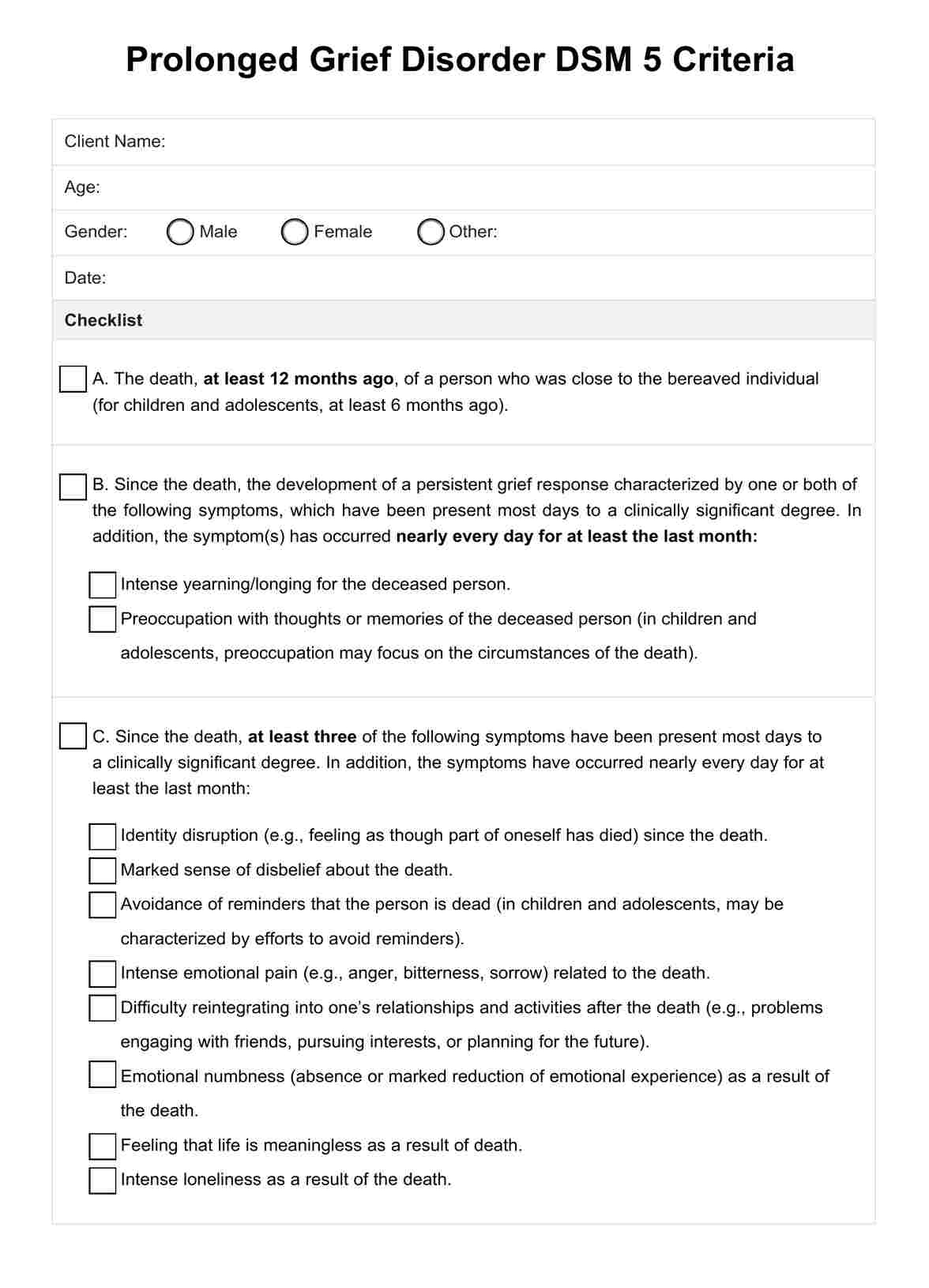
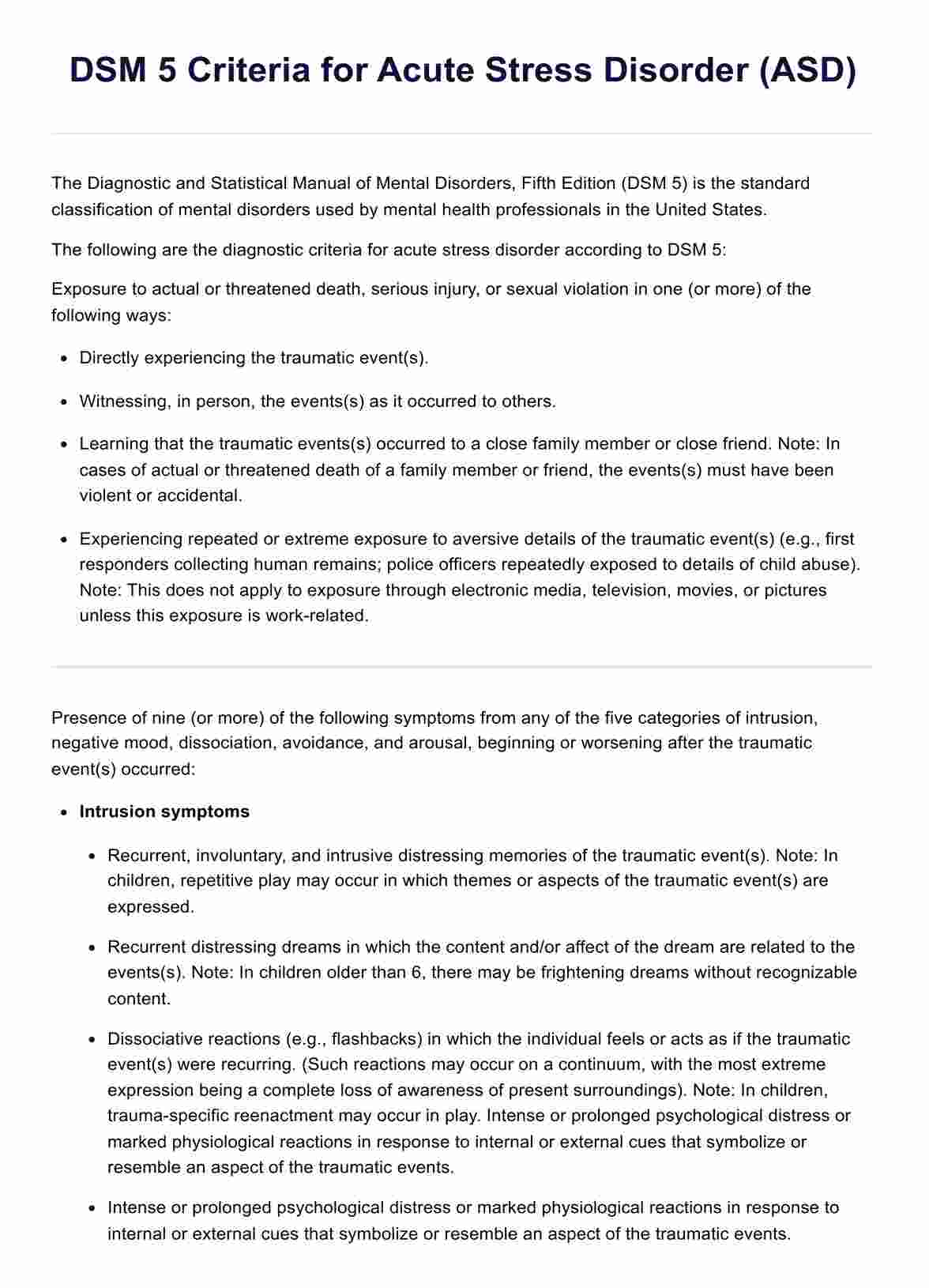
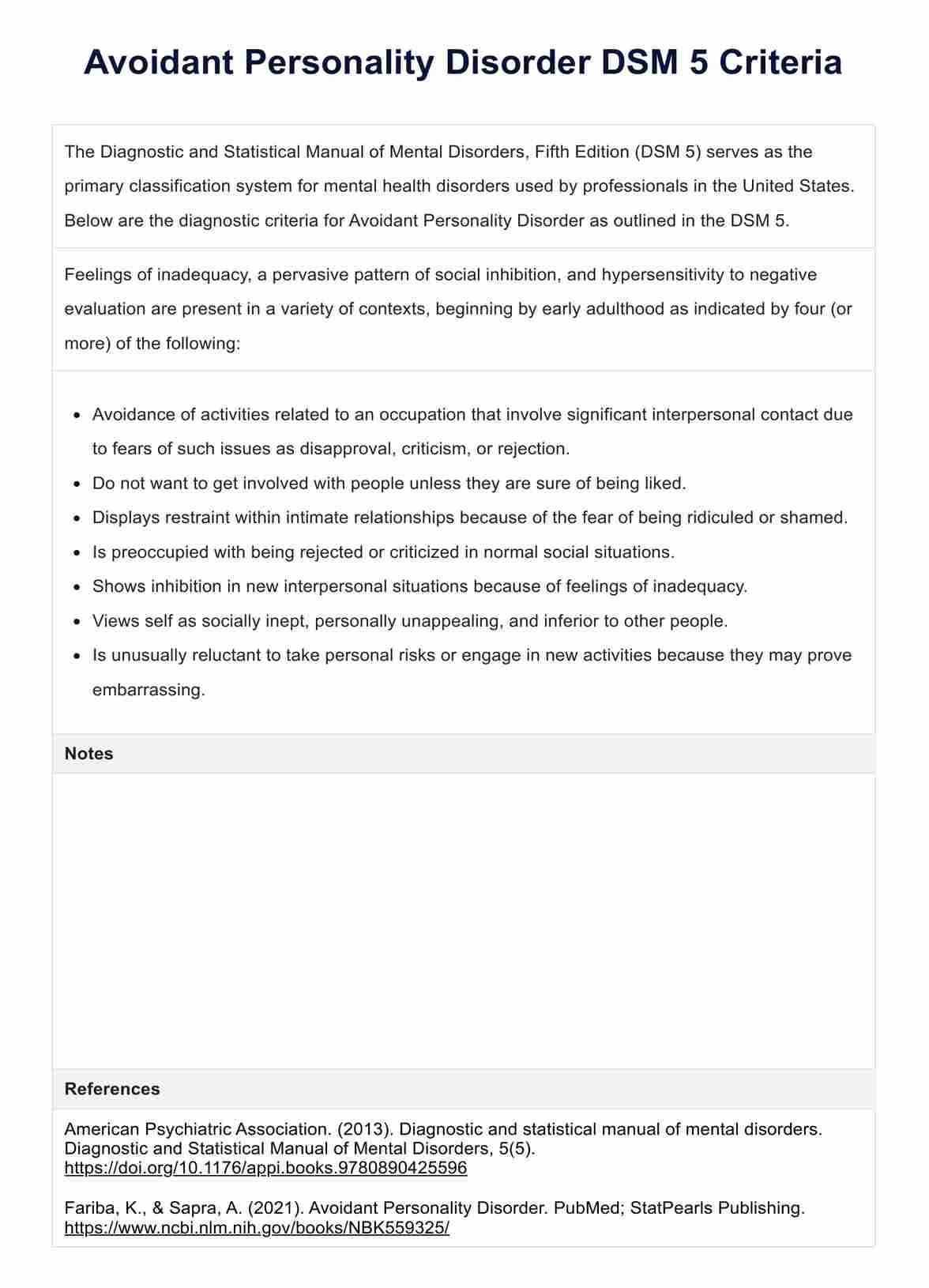
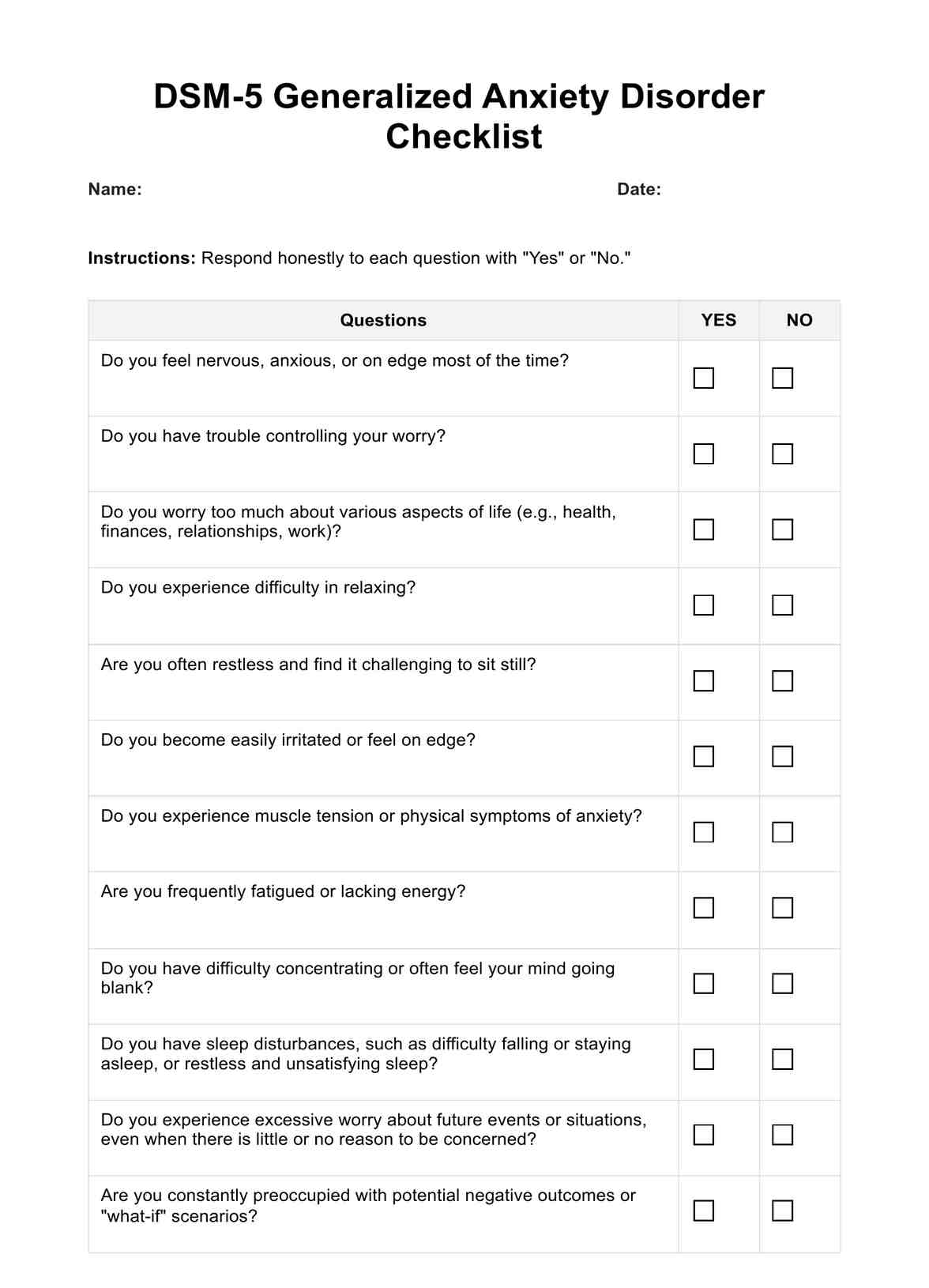
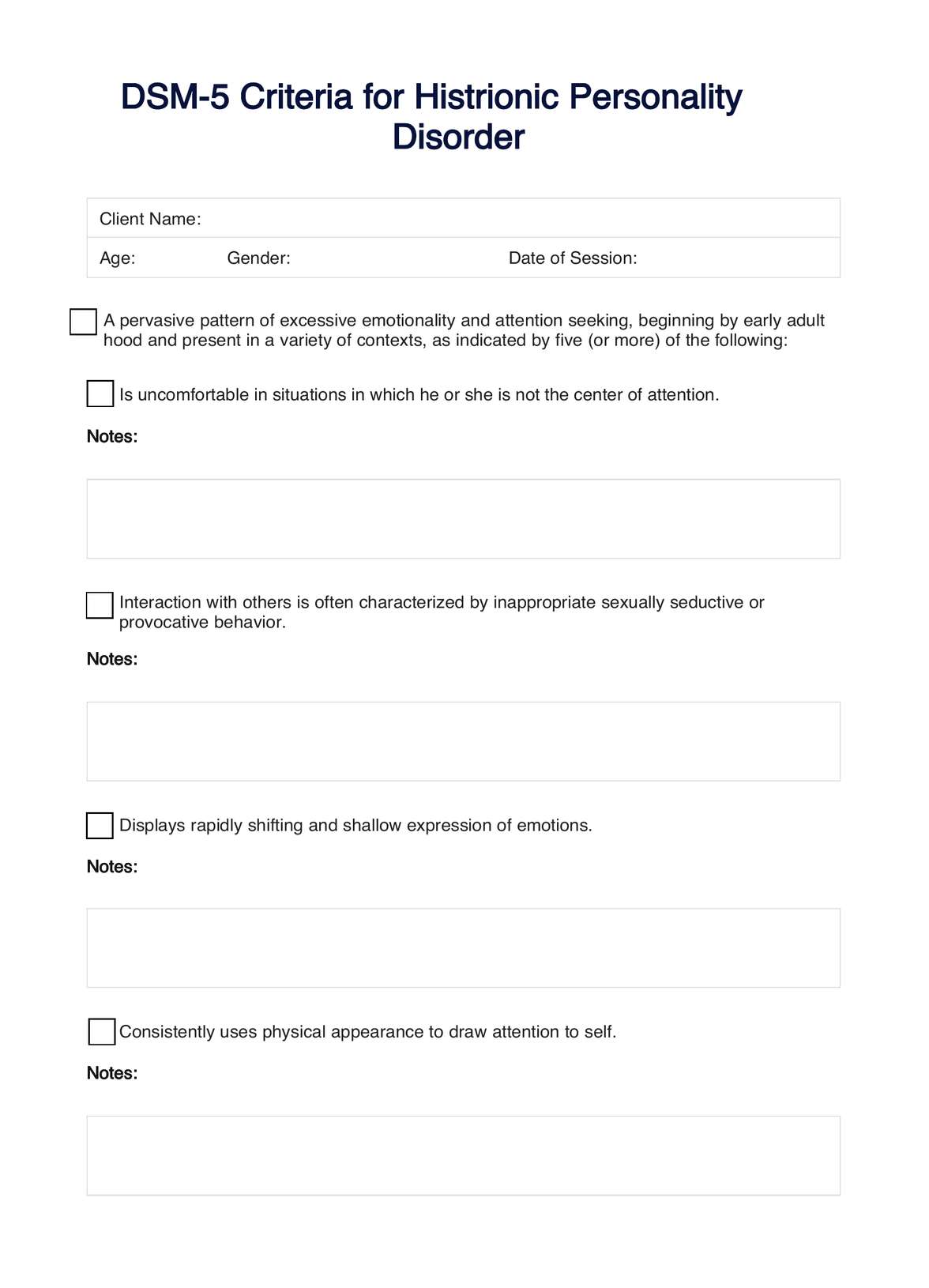
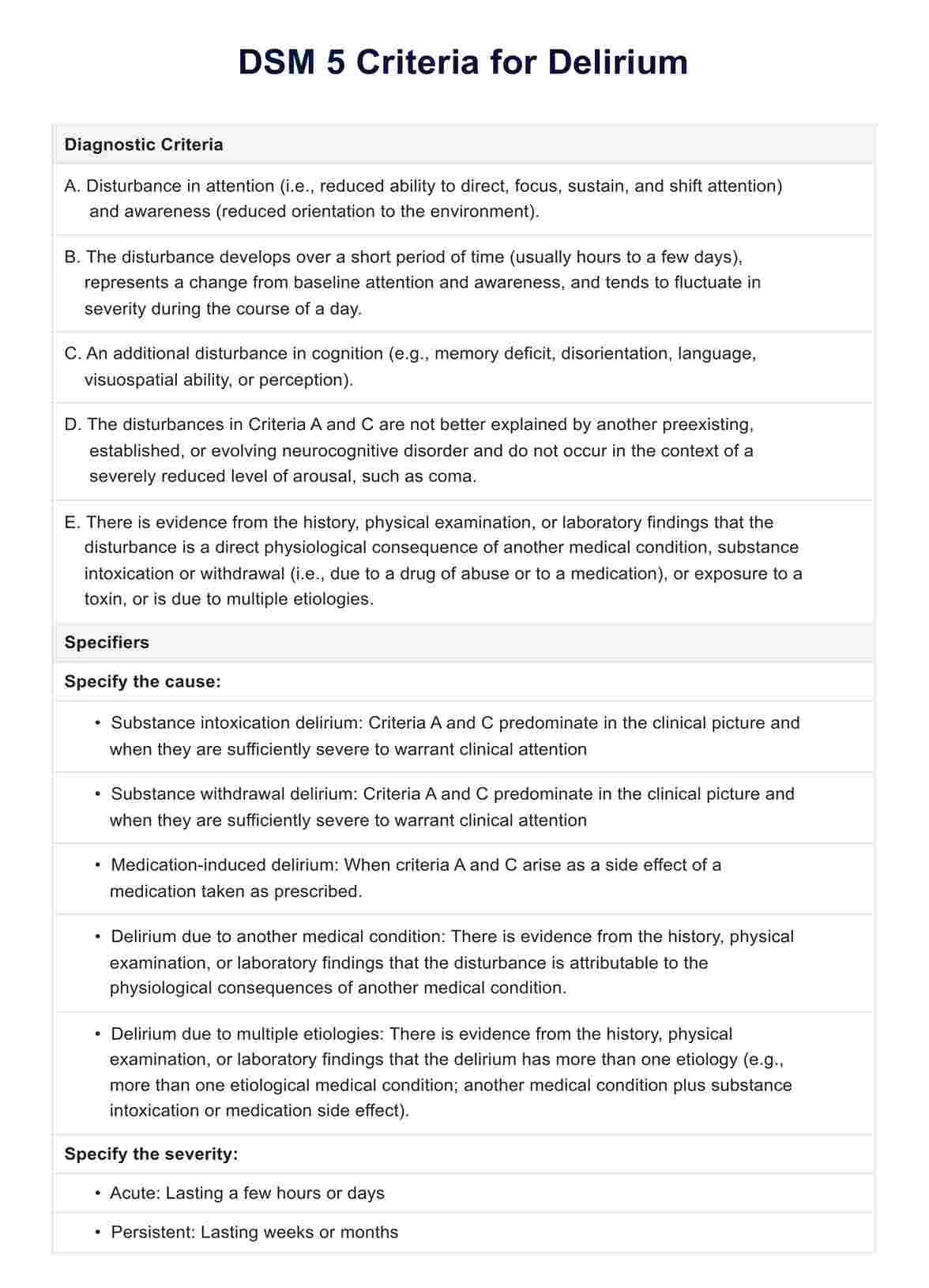
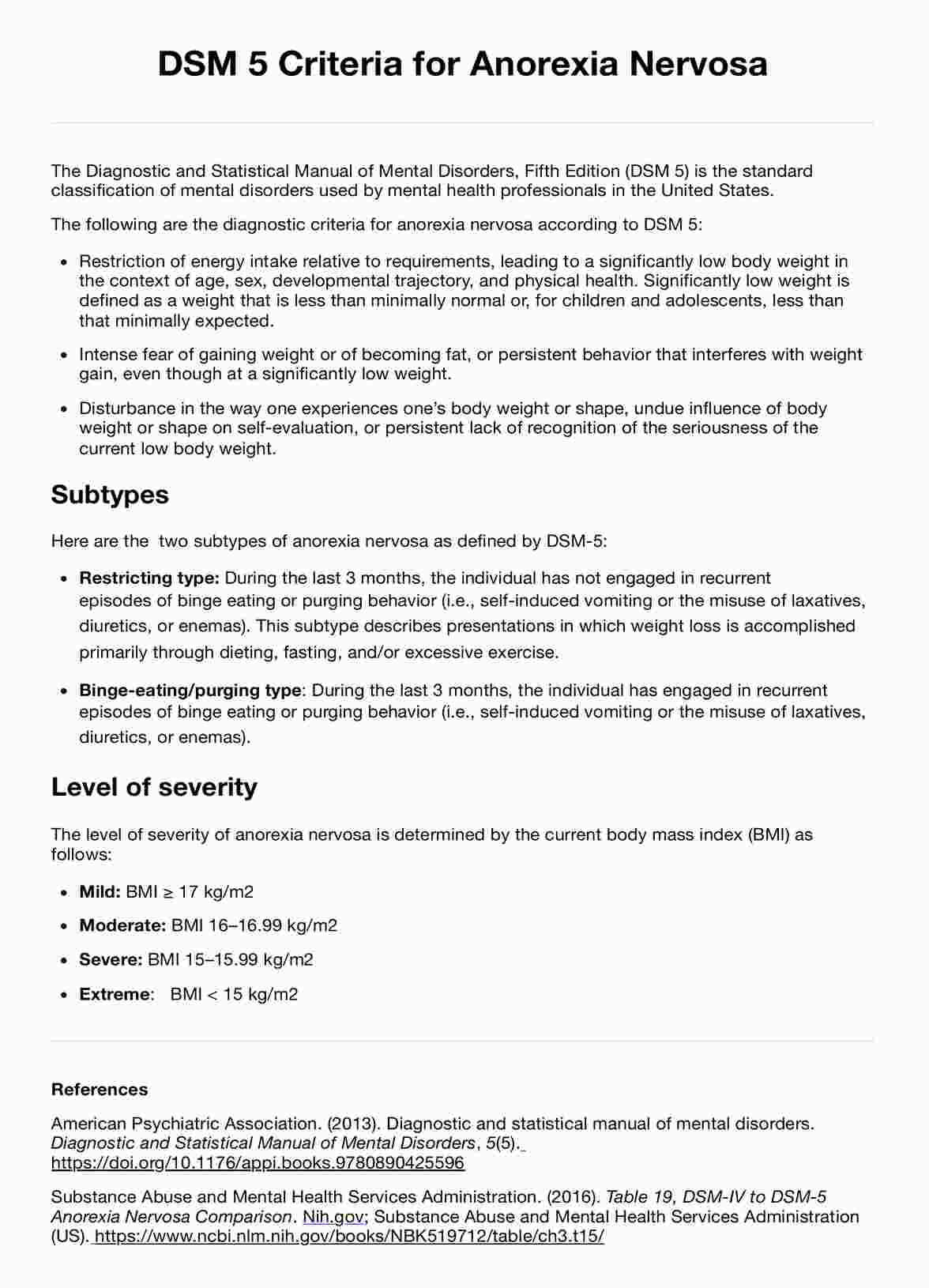
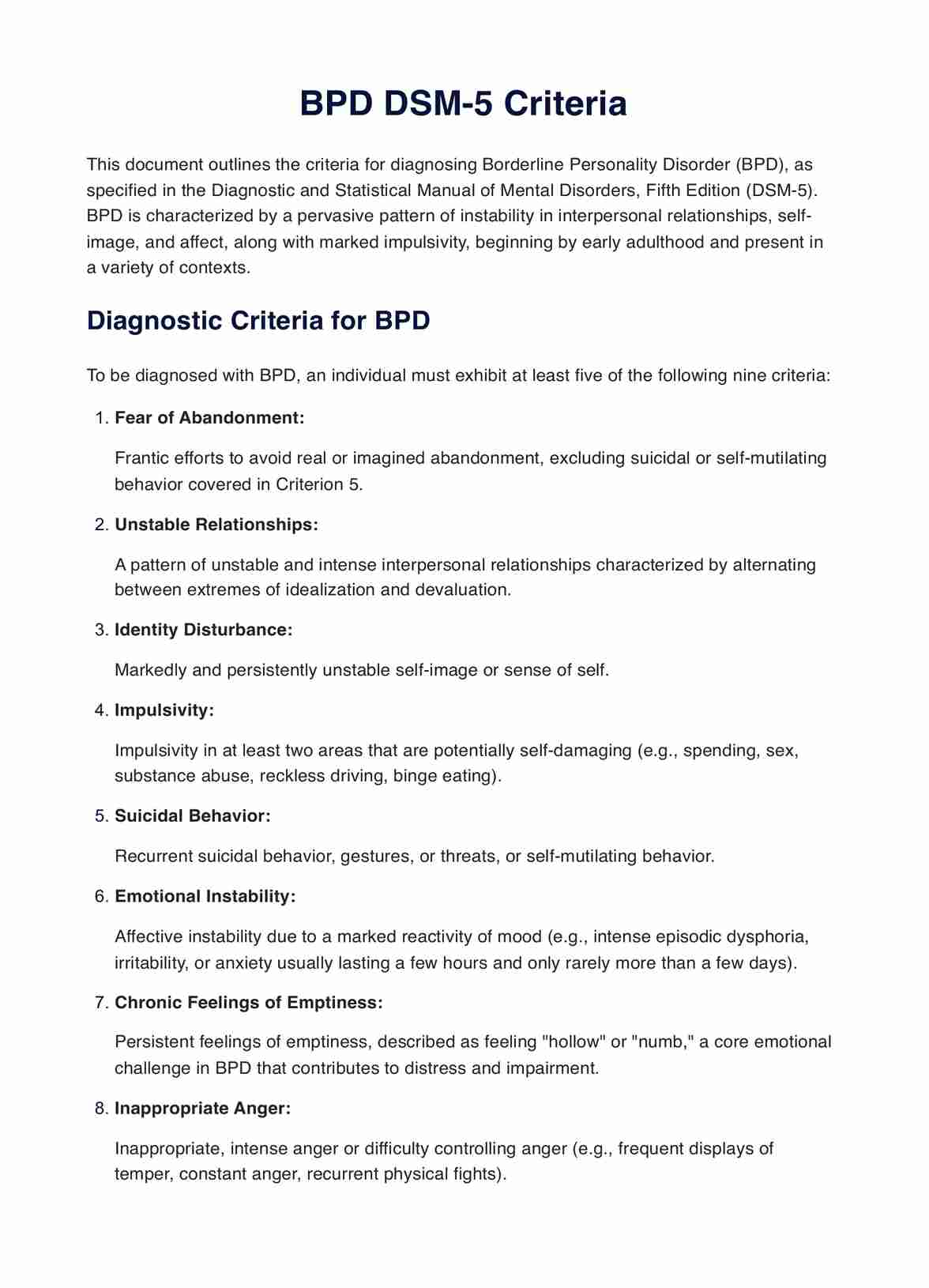
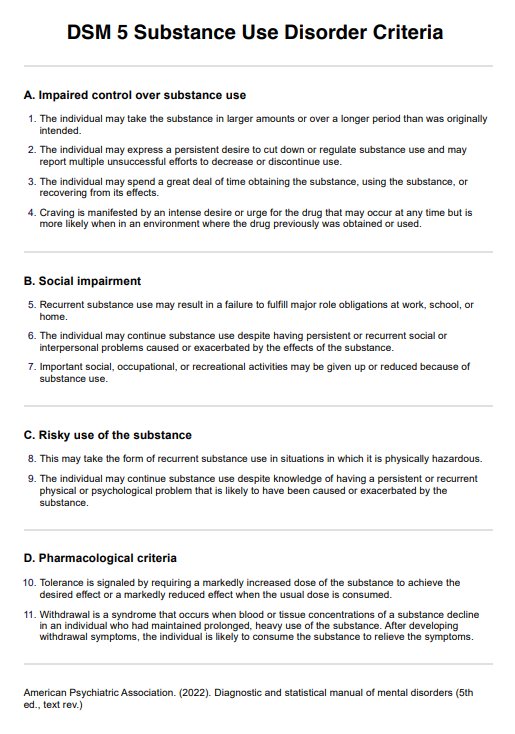
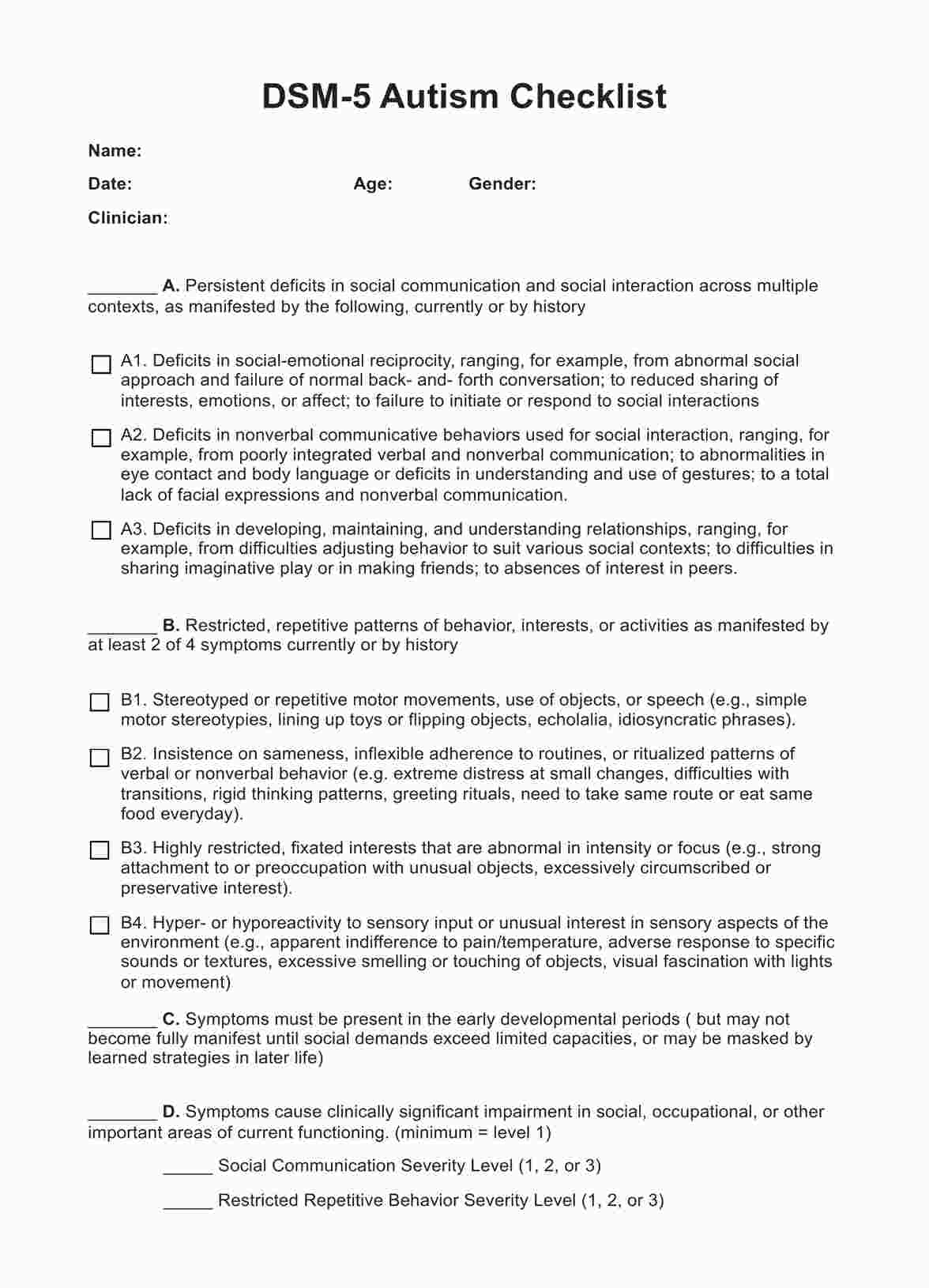
















-template.jpg)



















































































